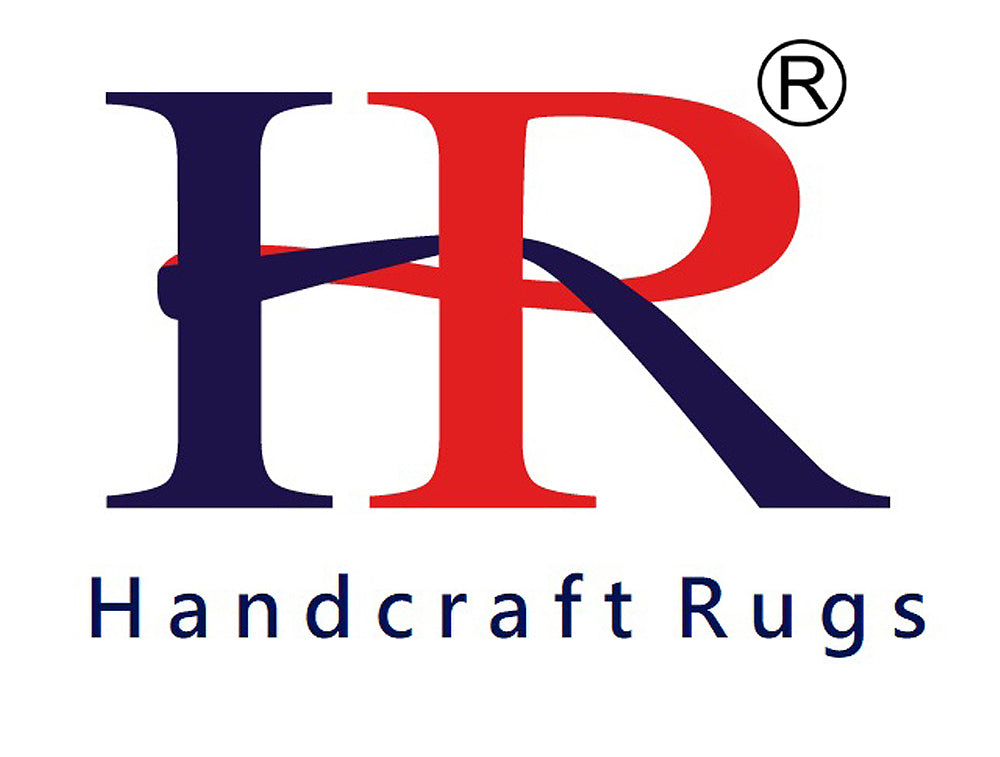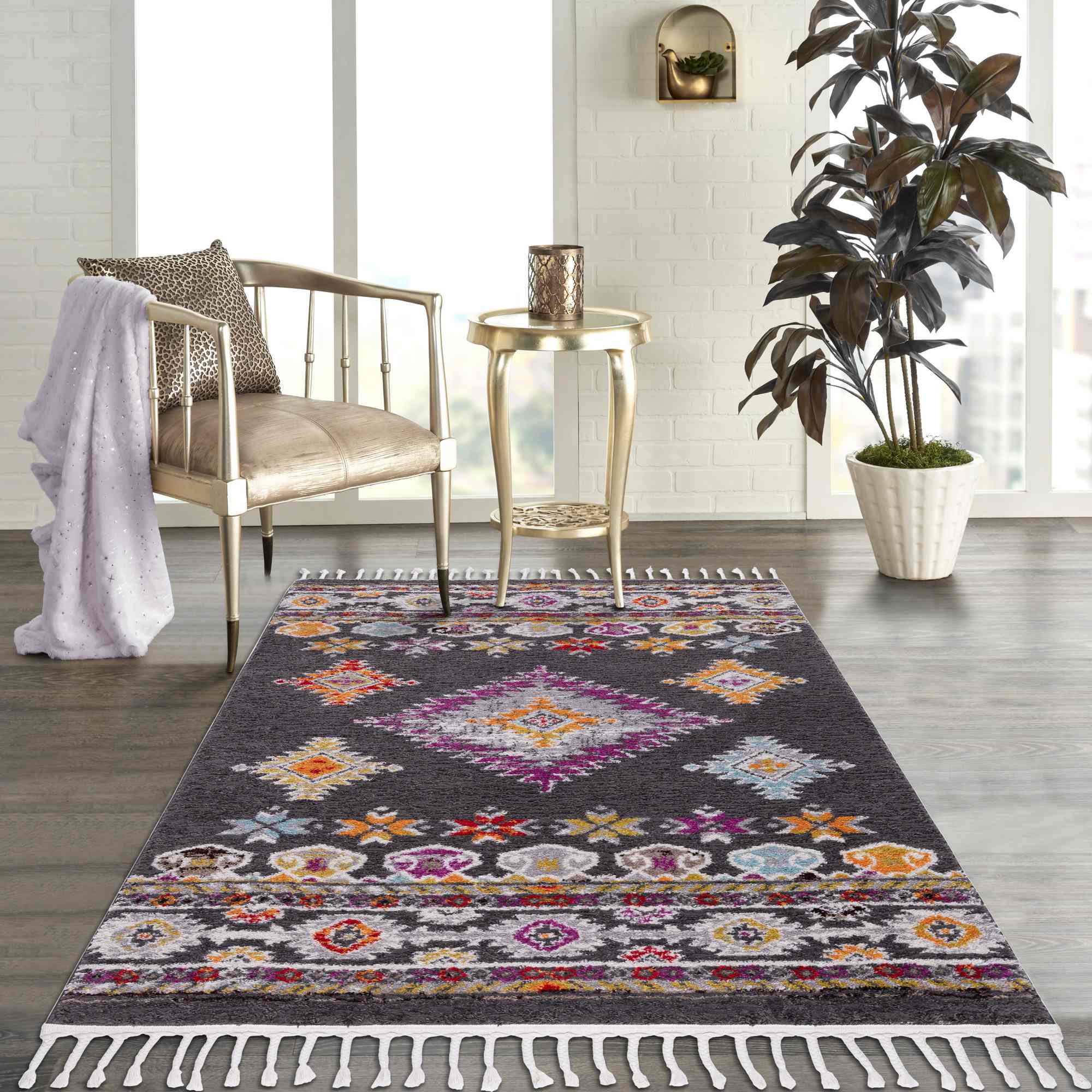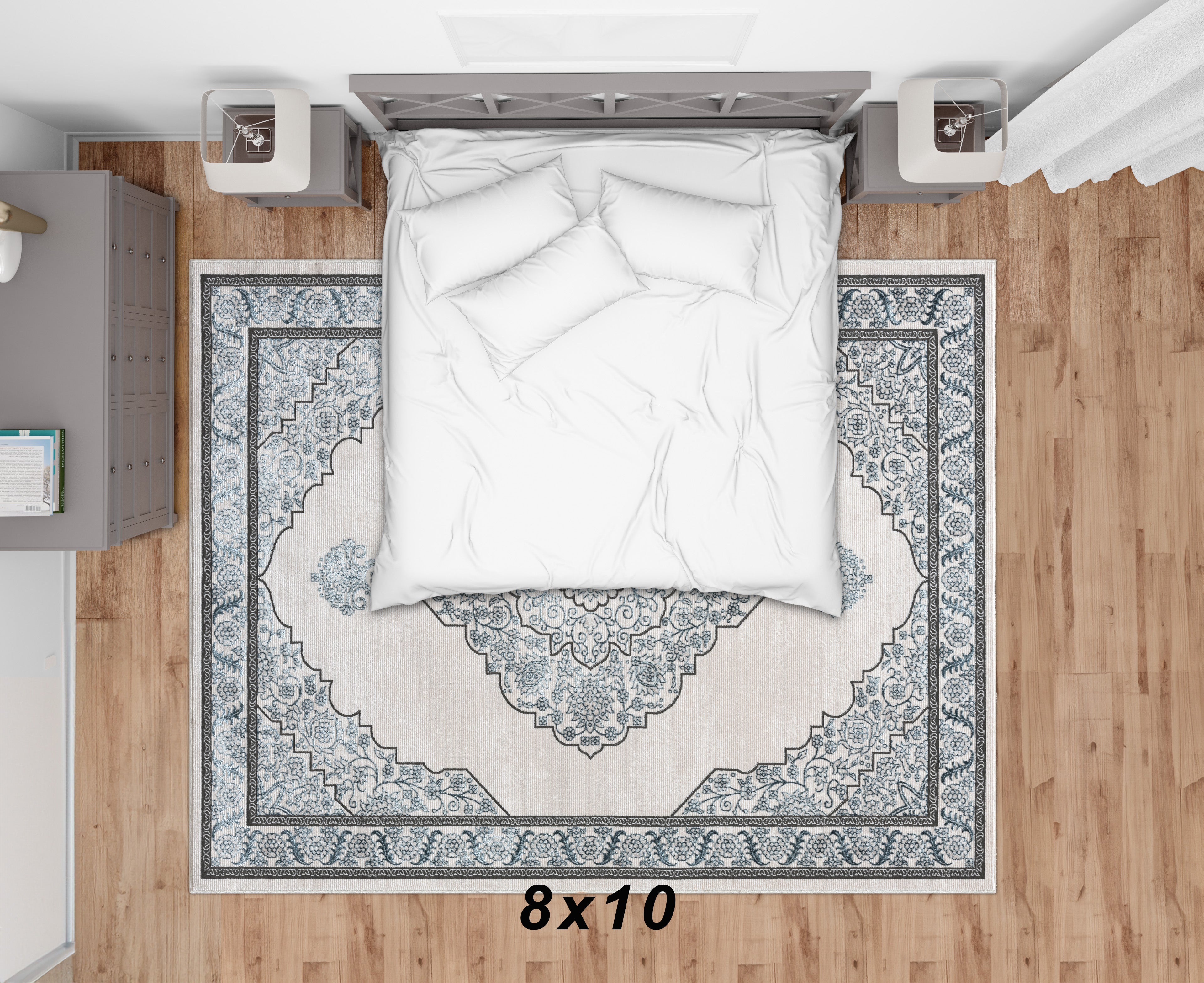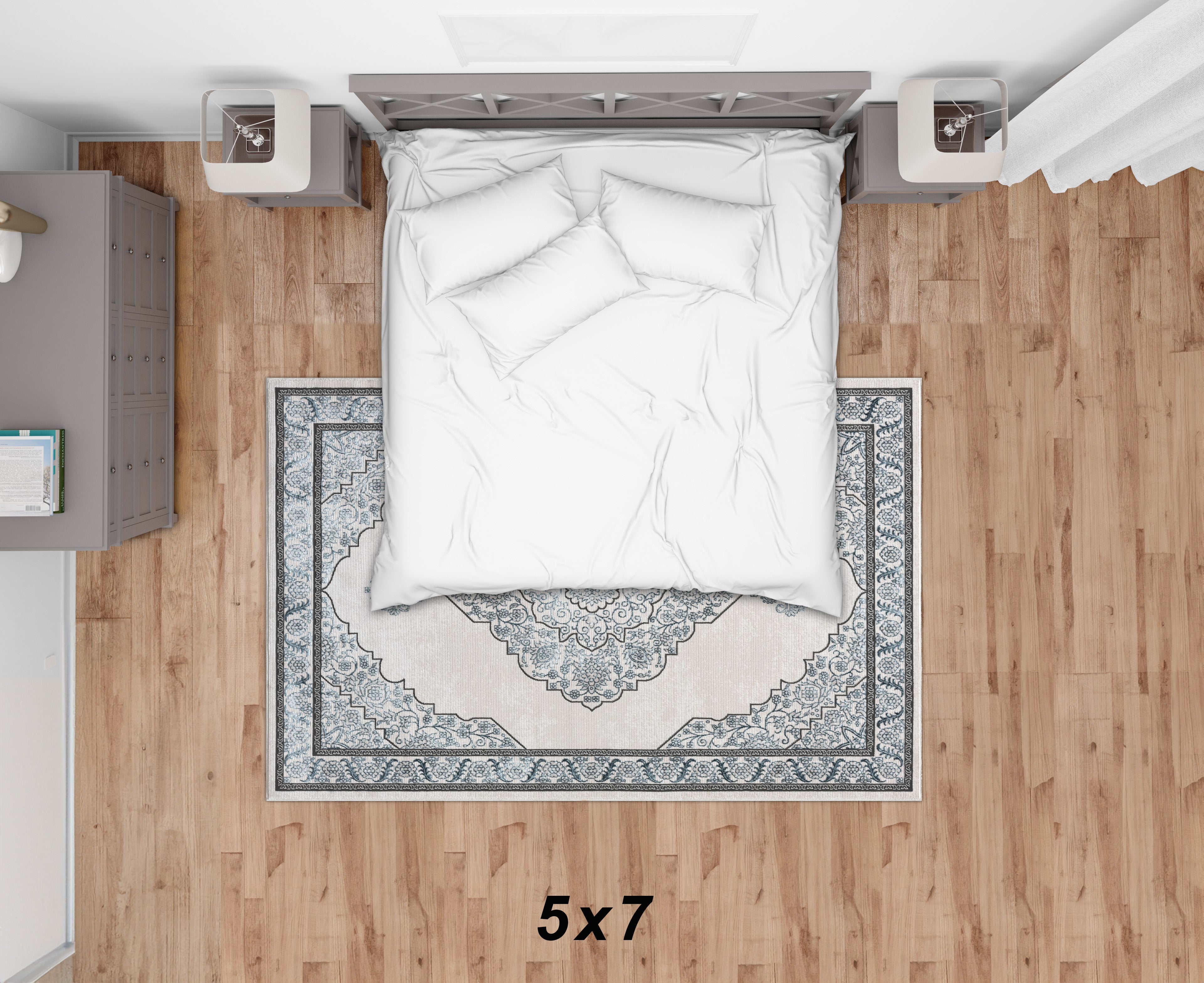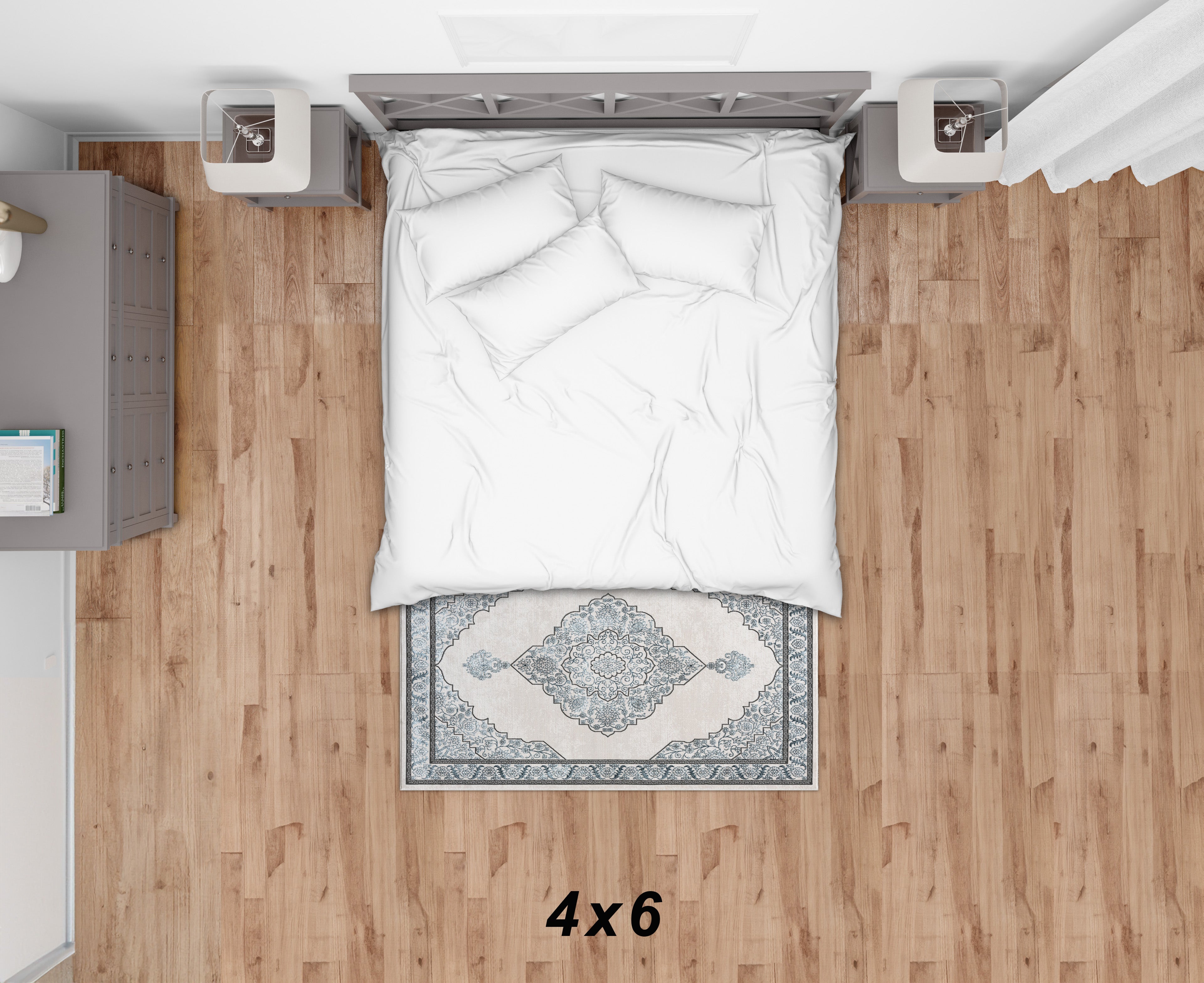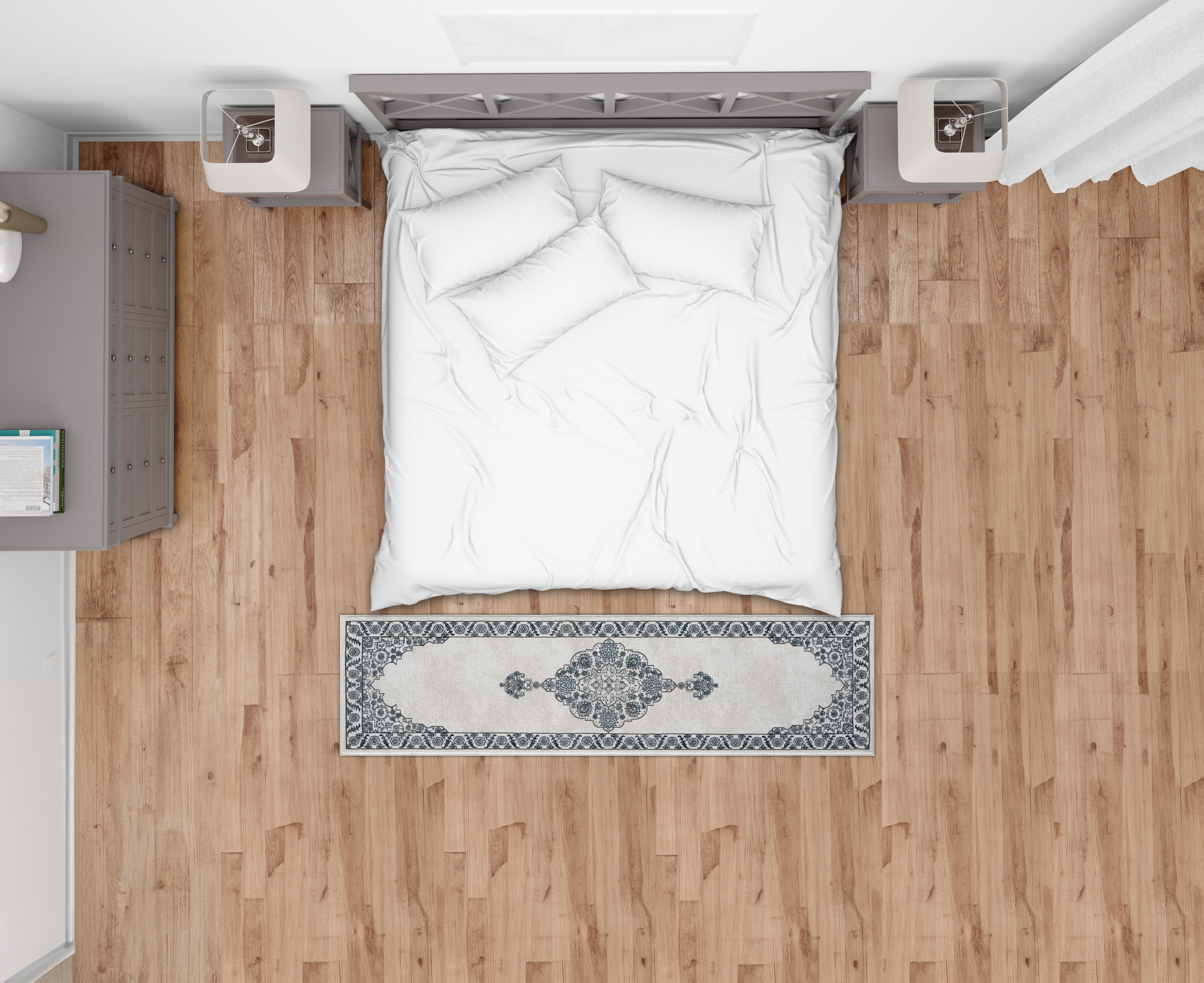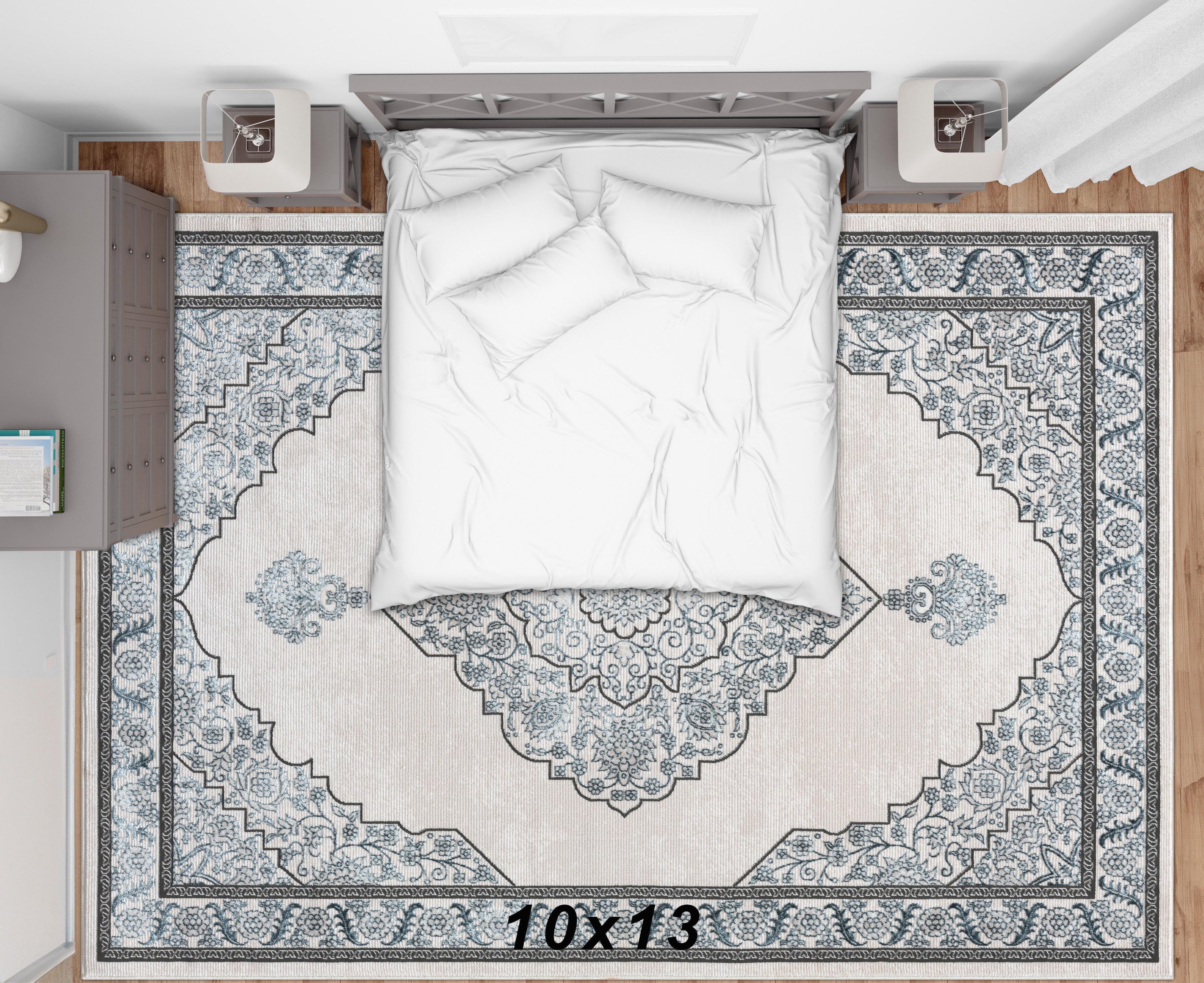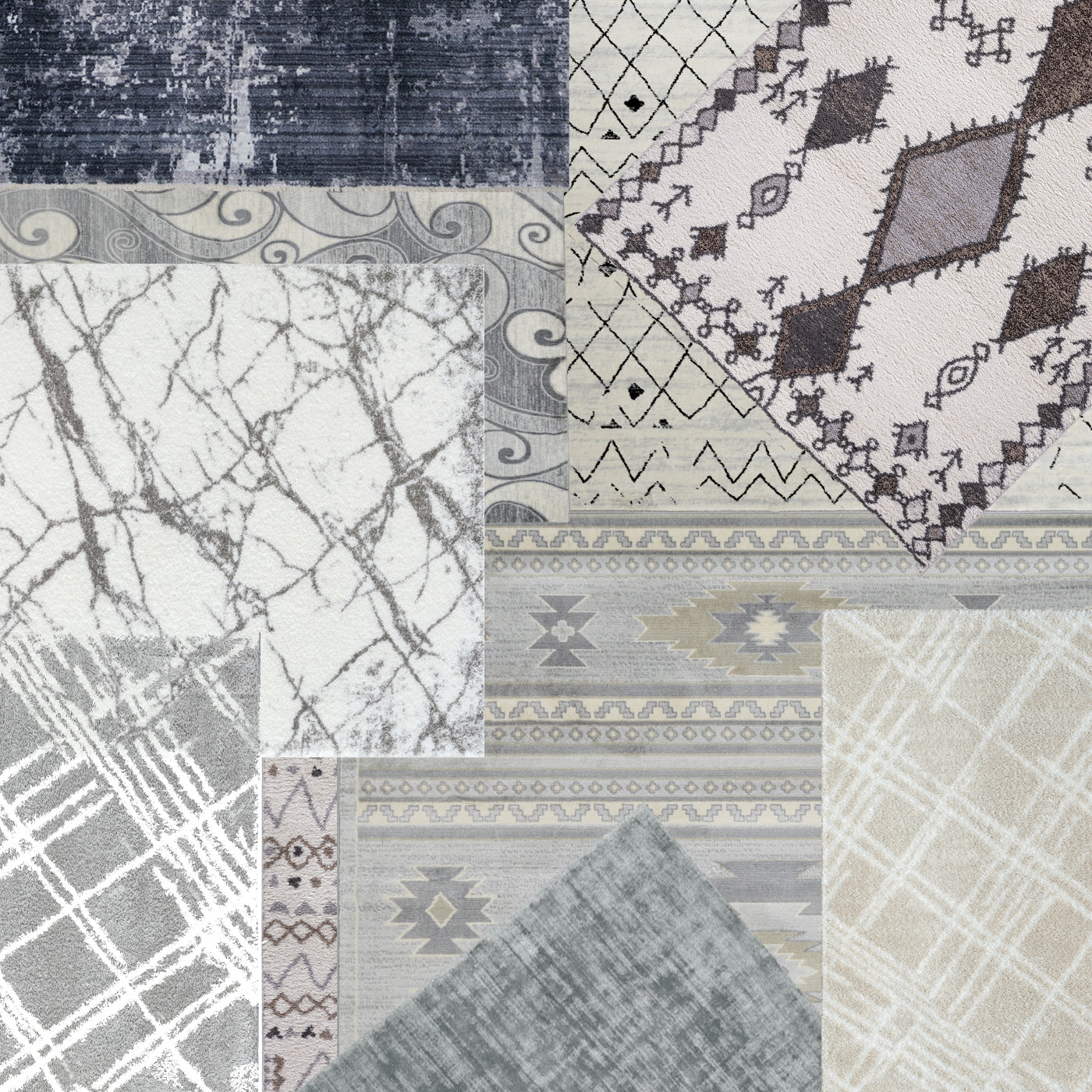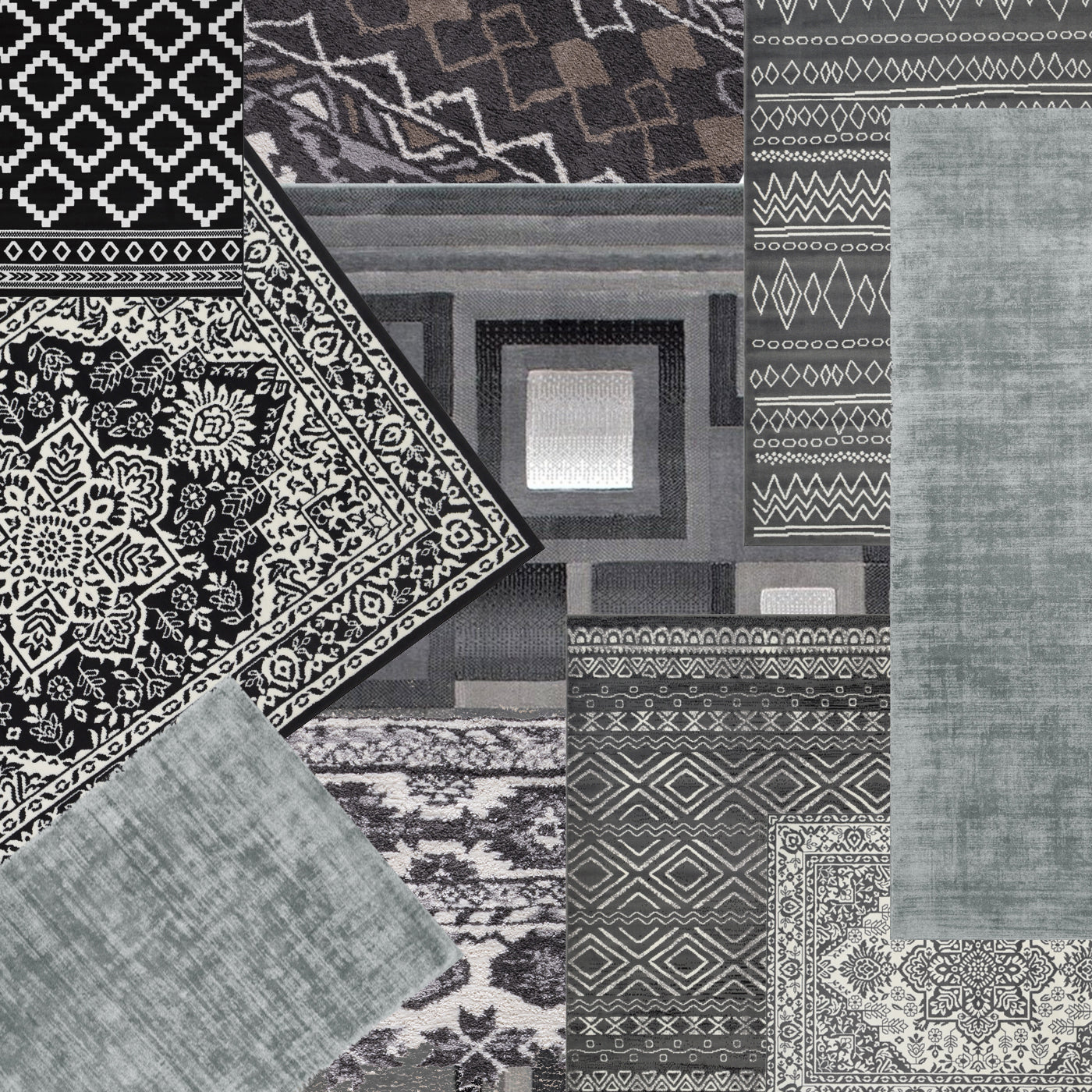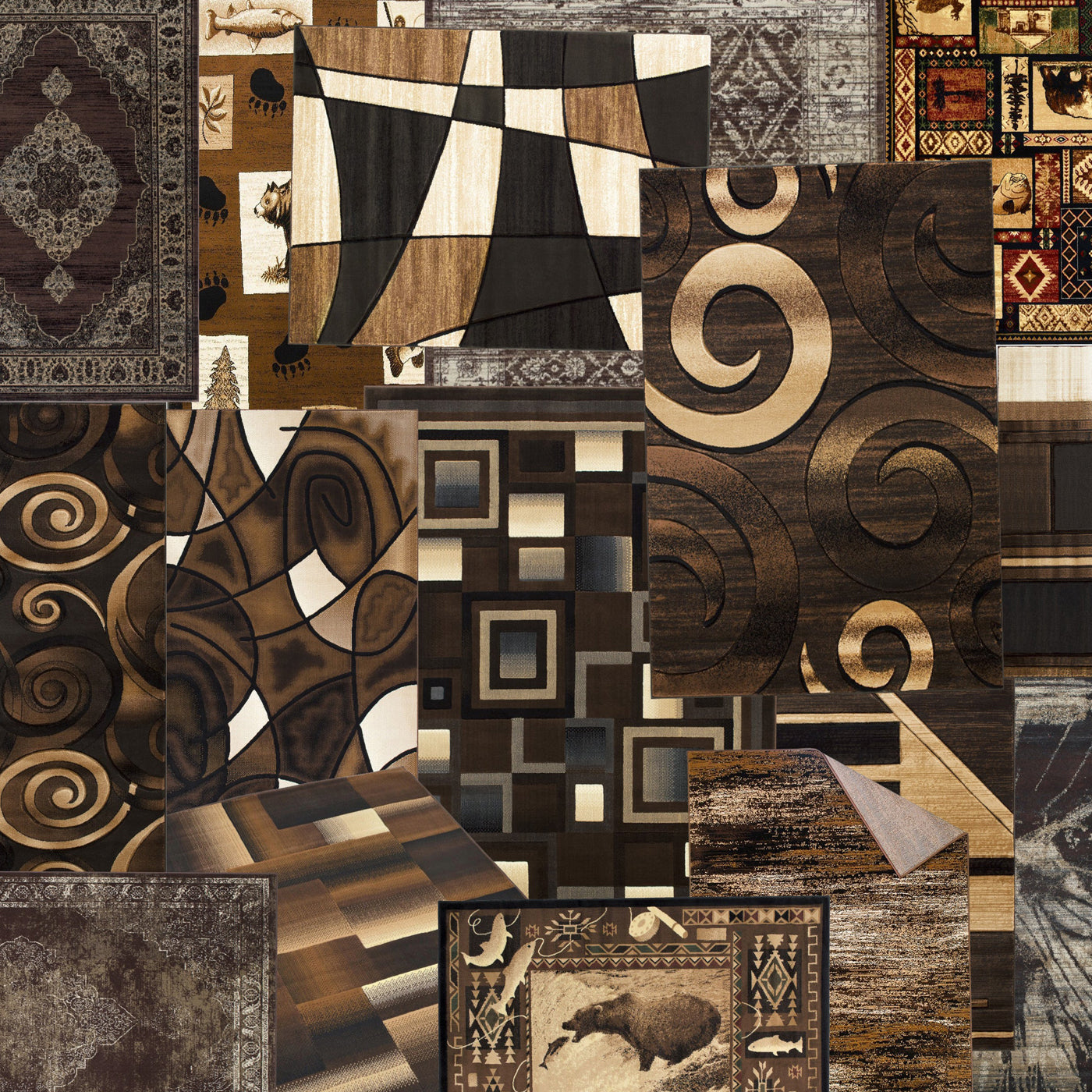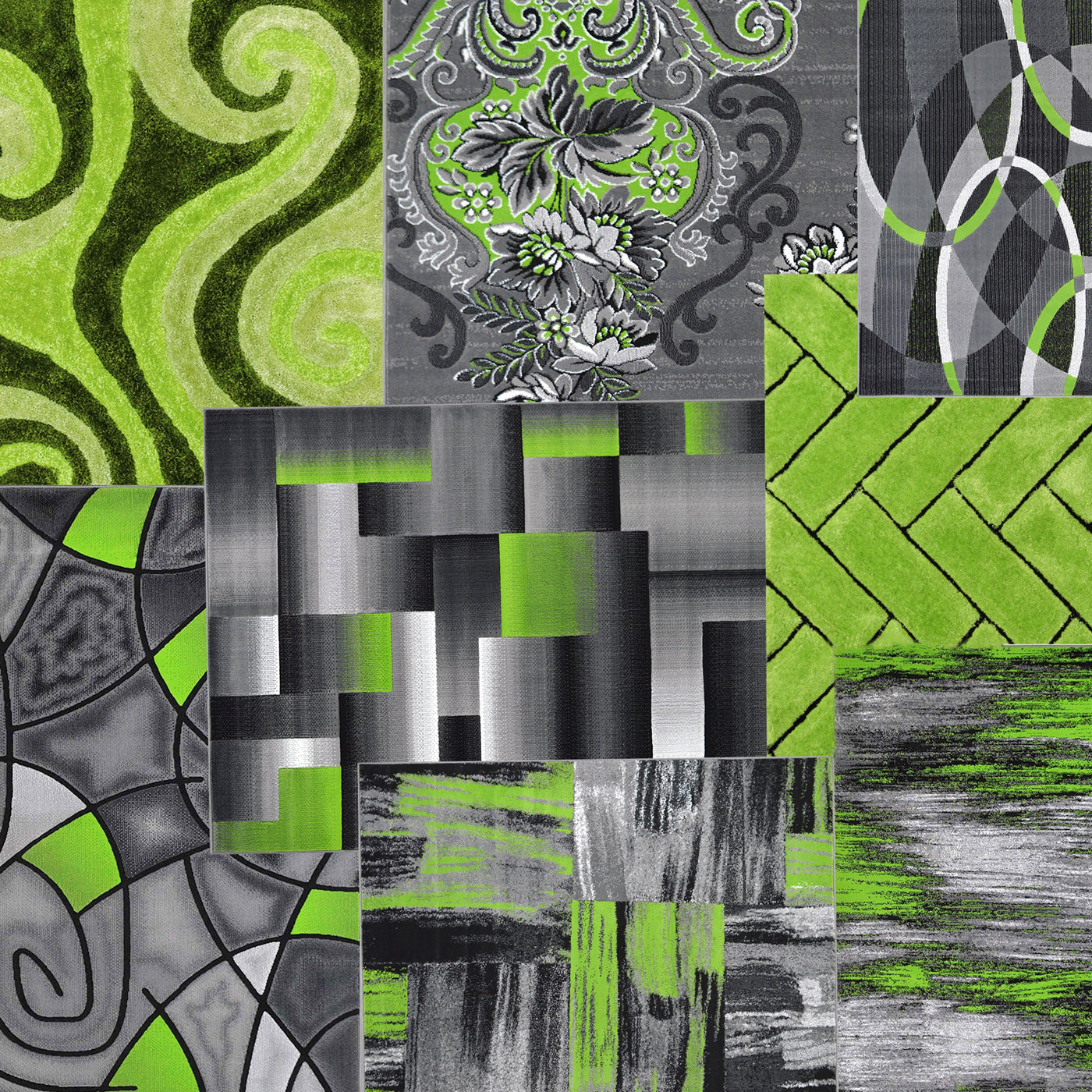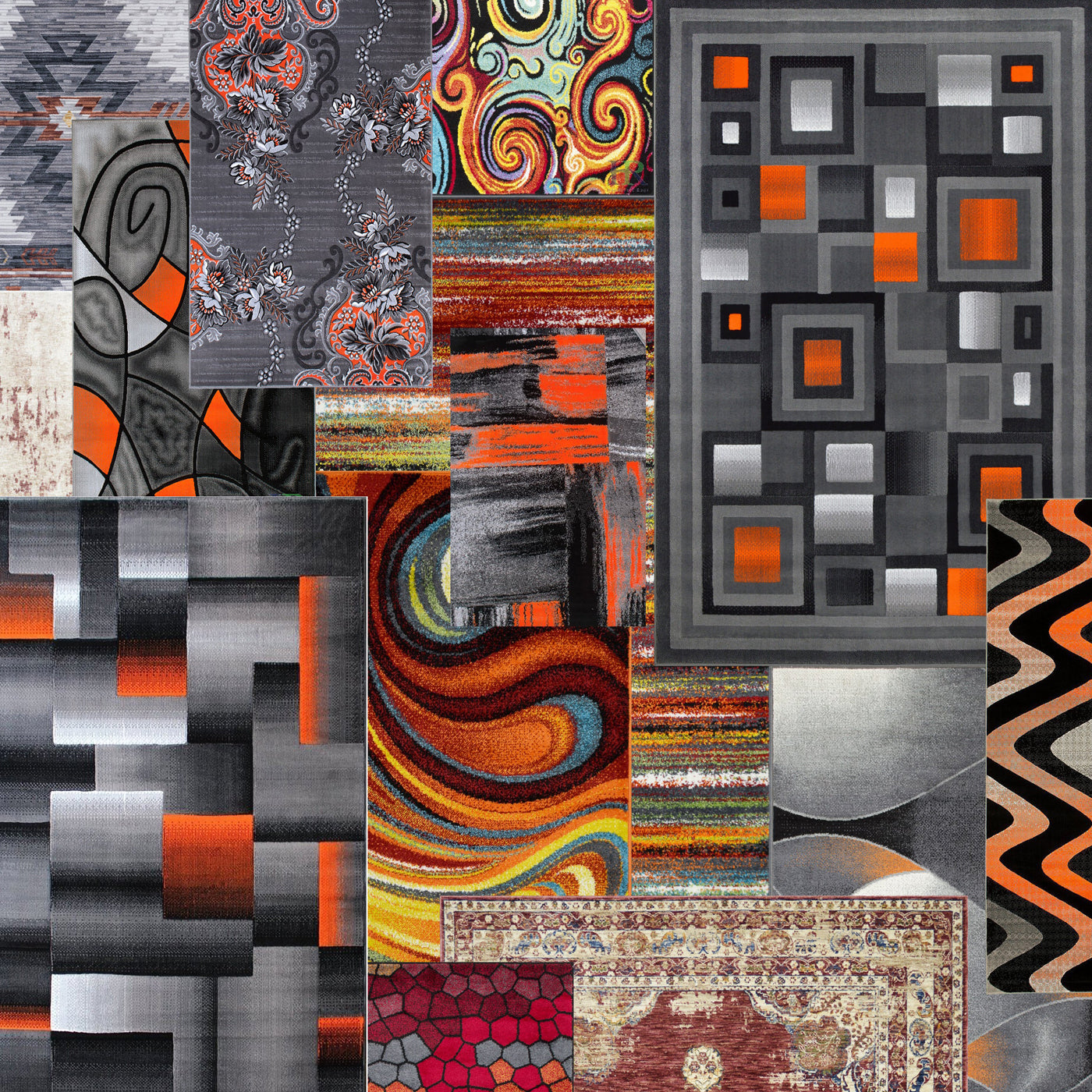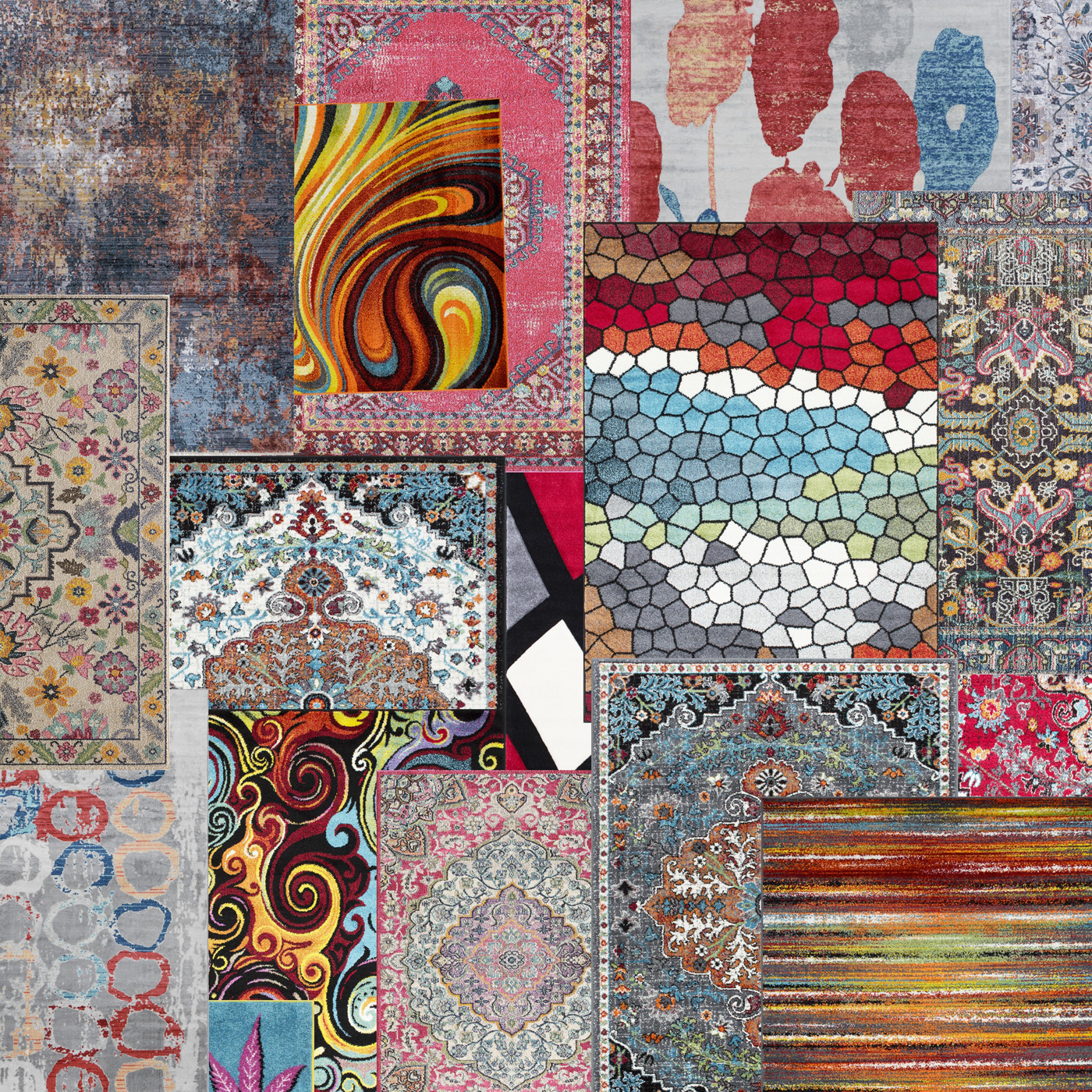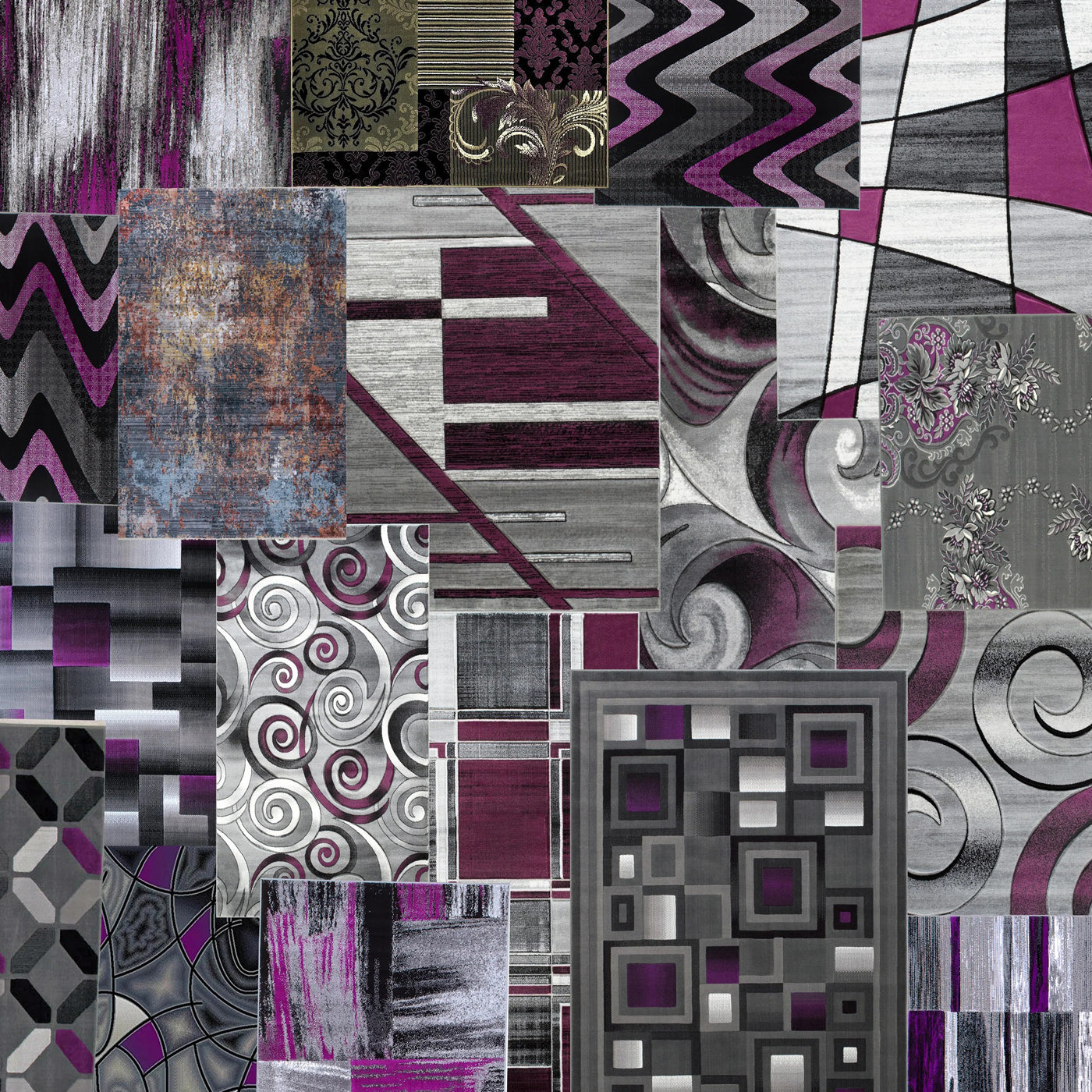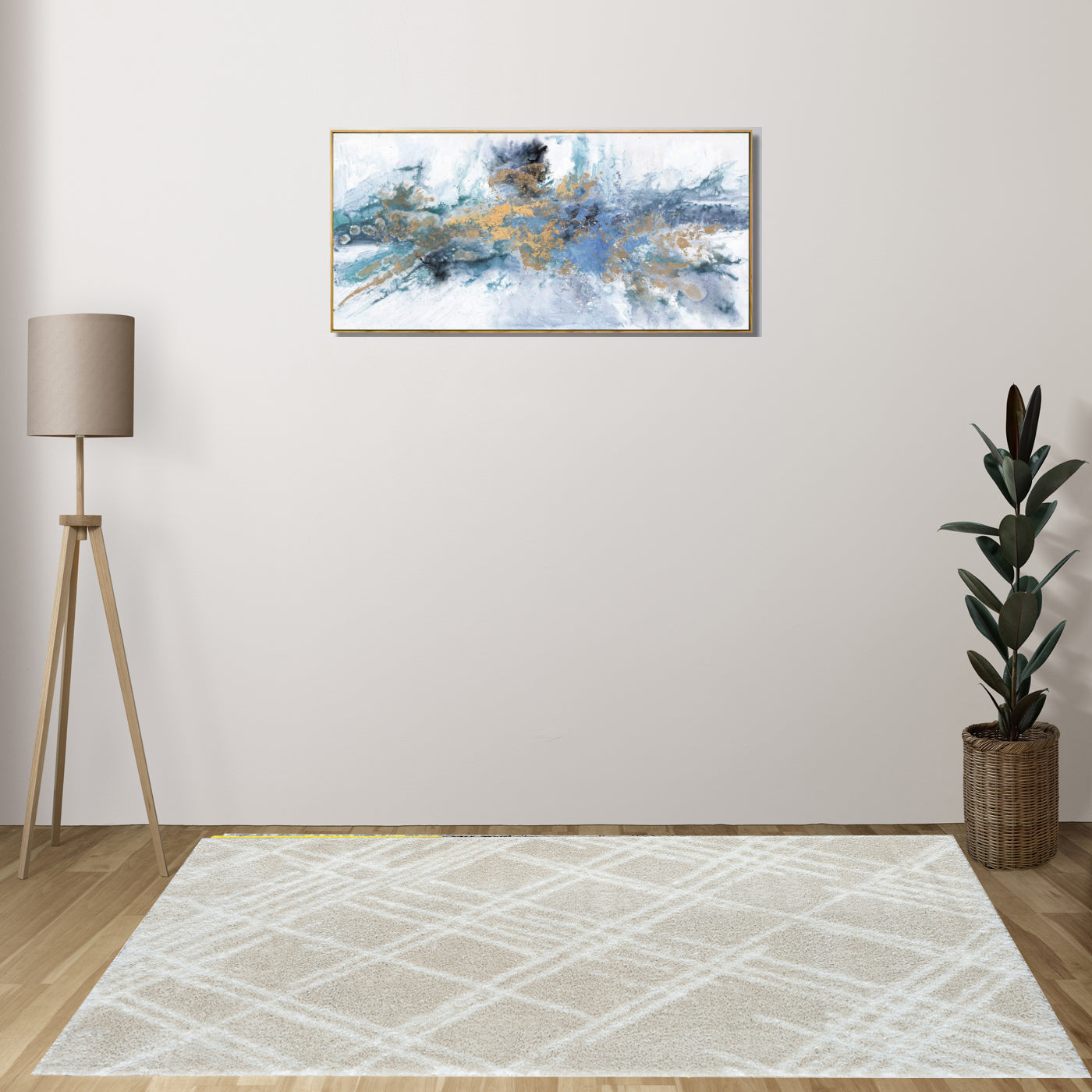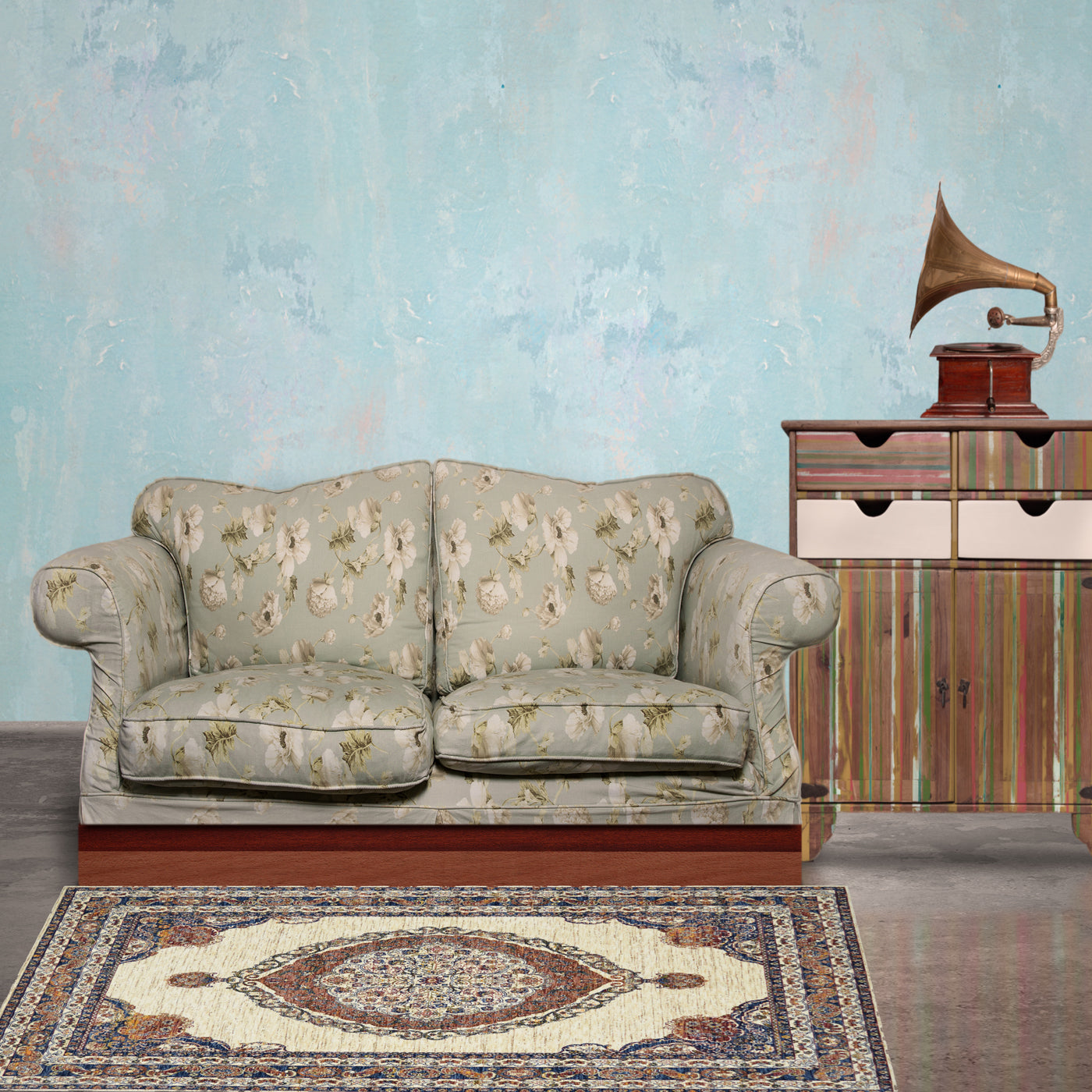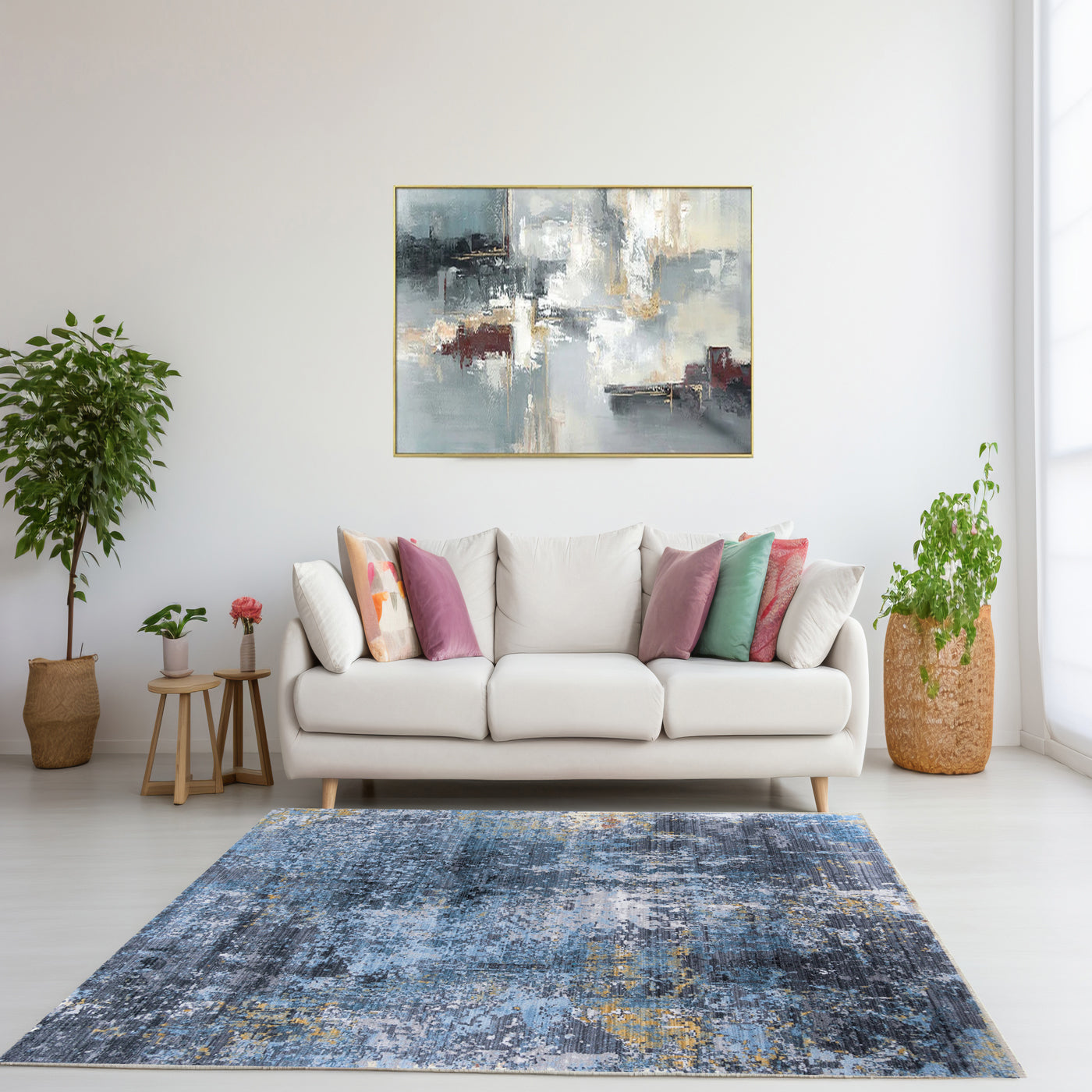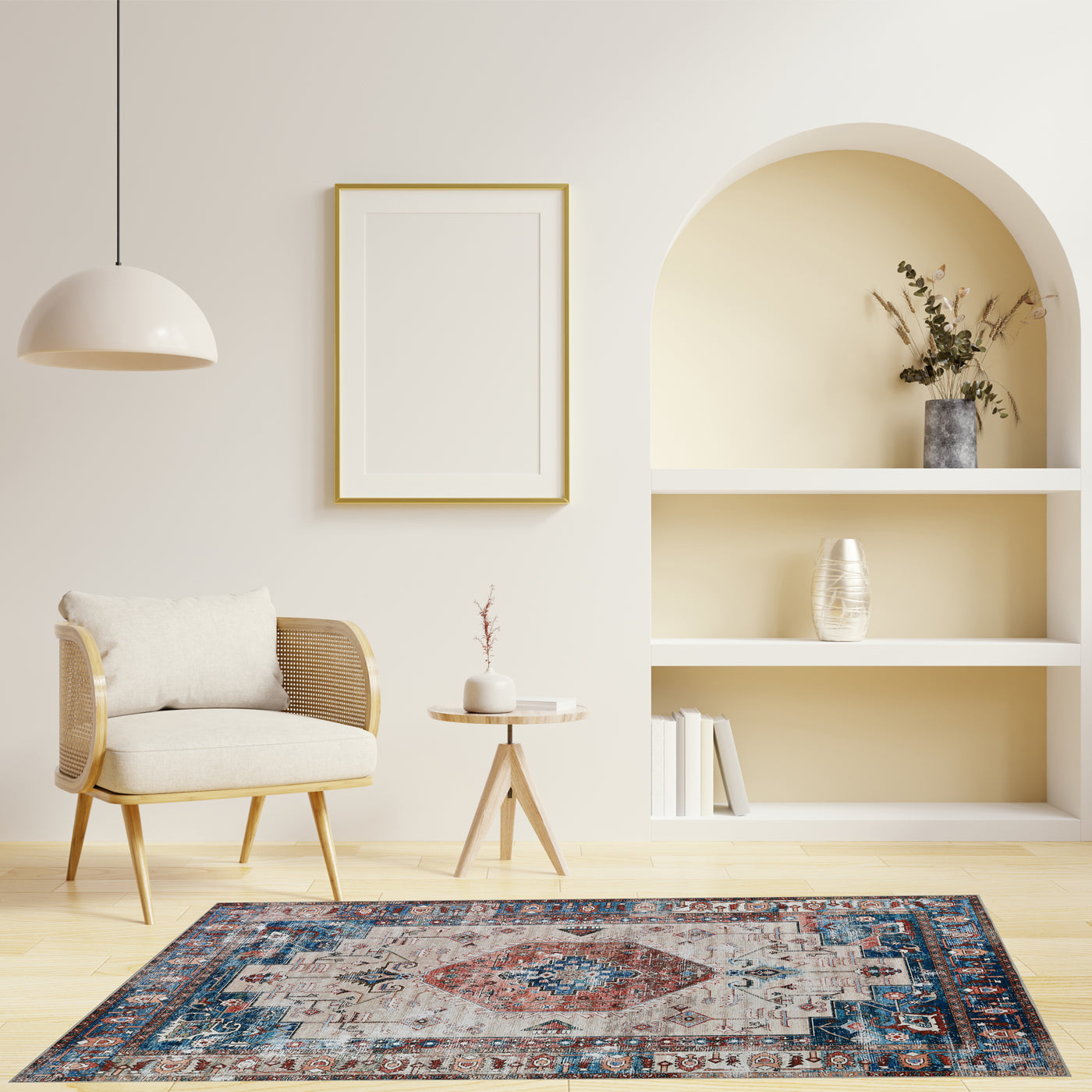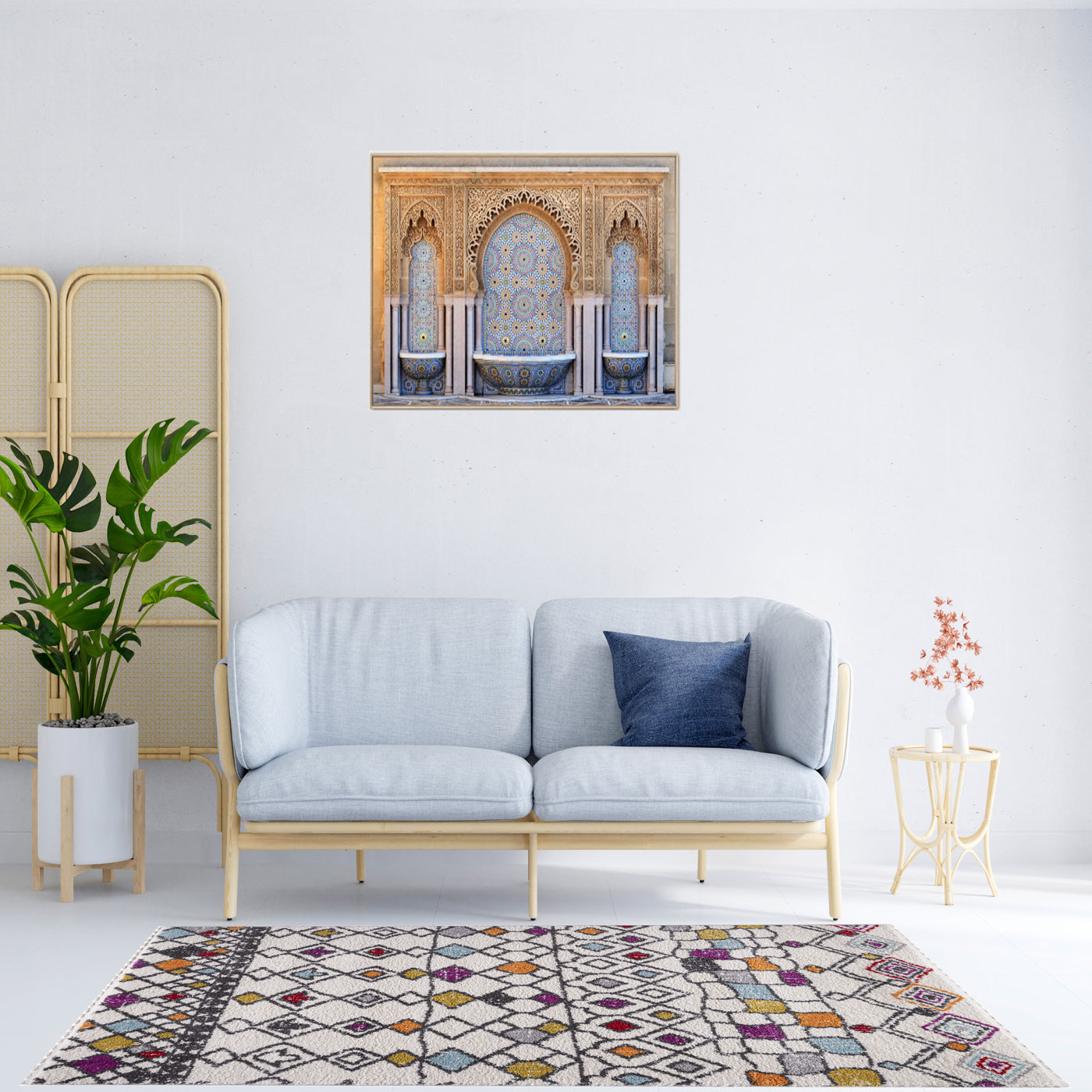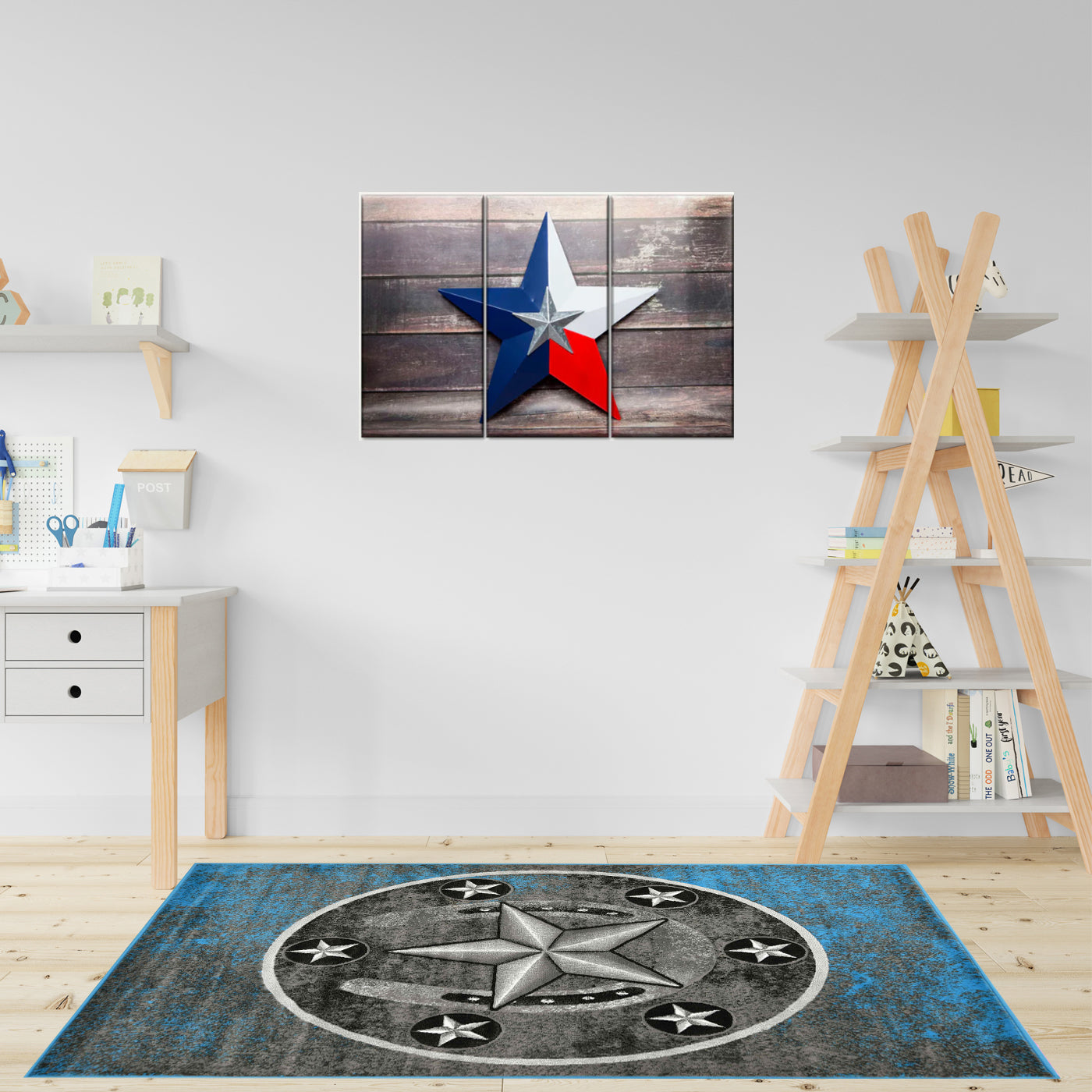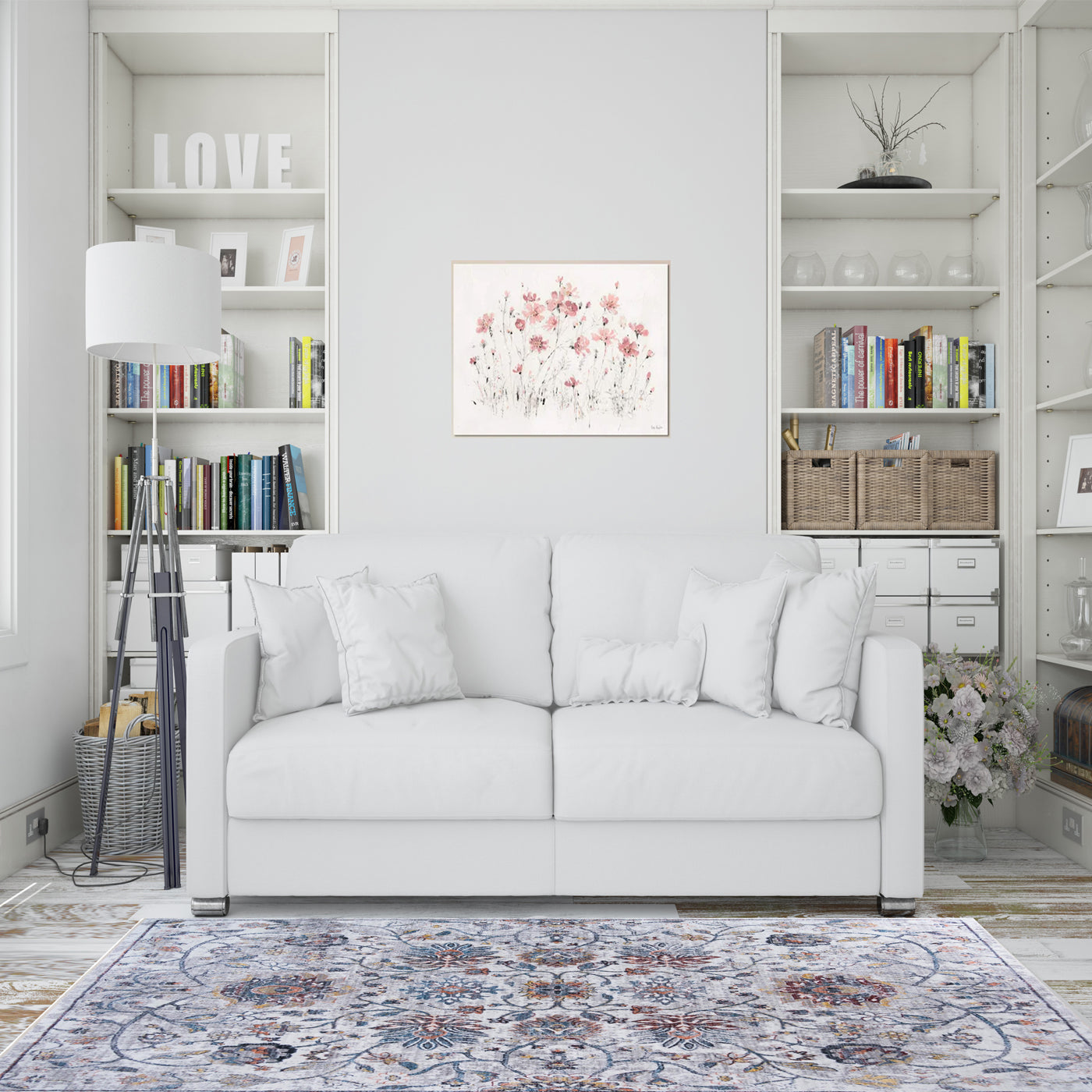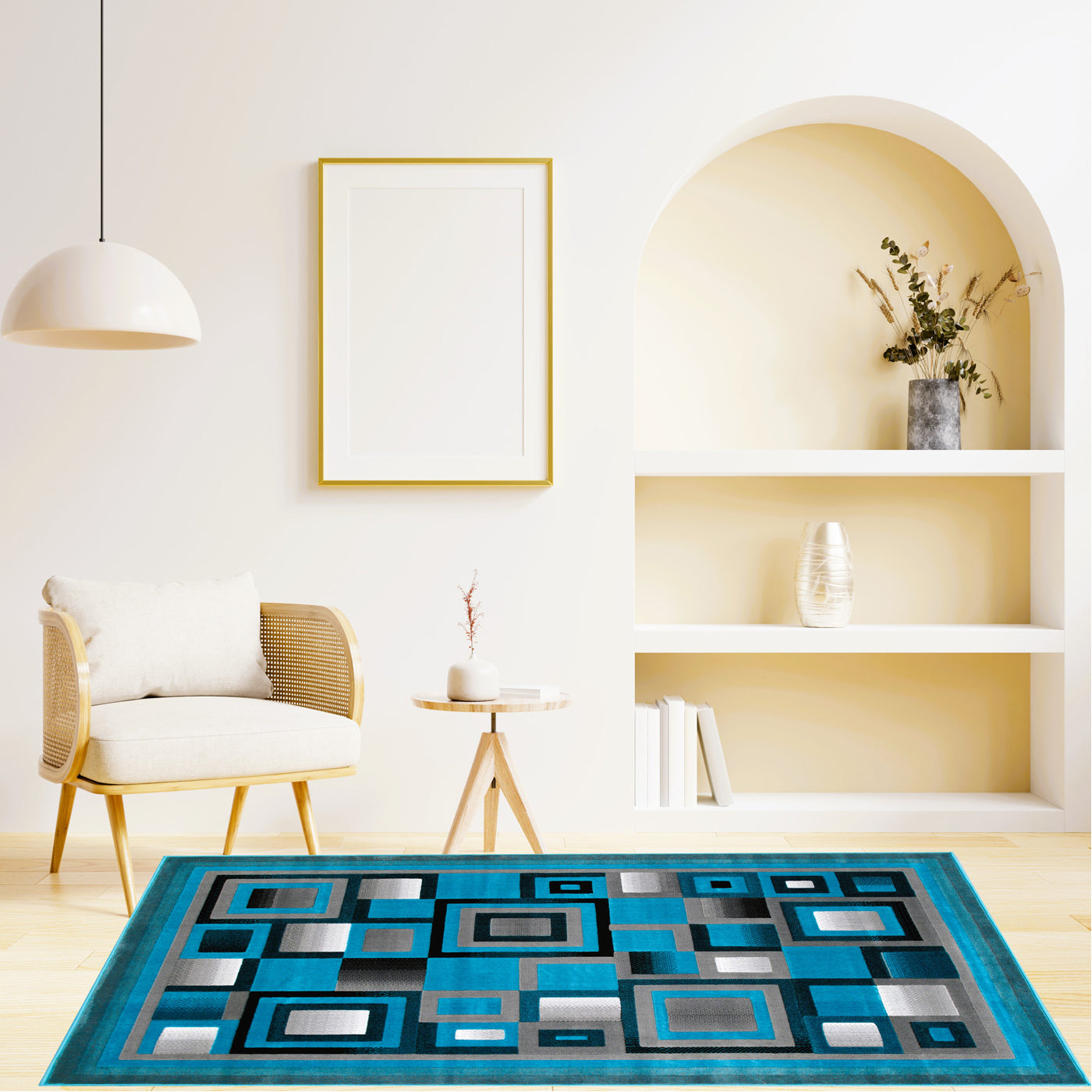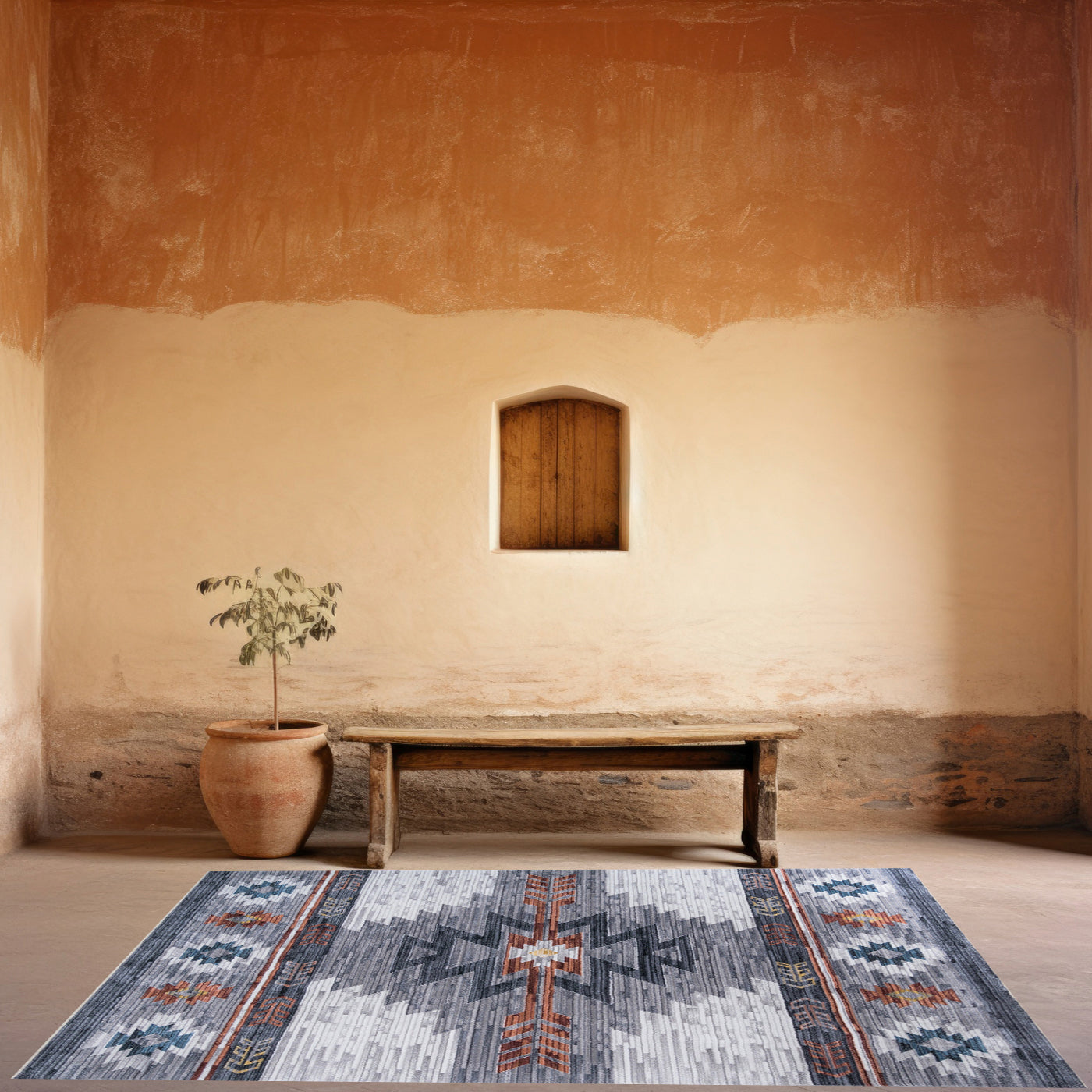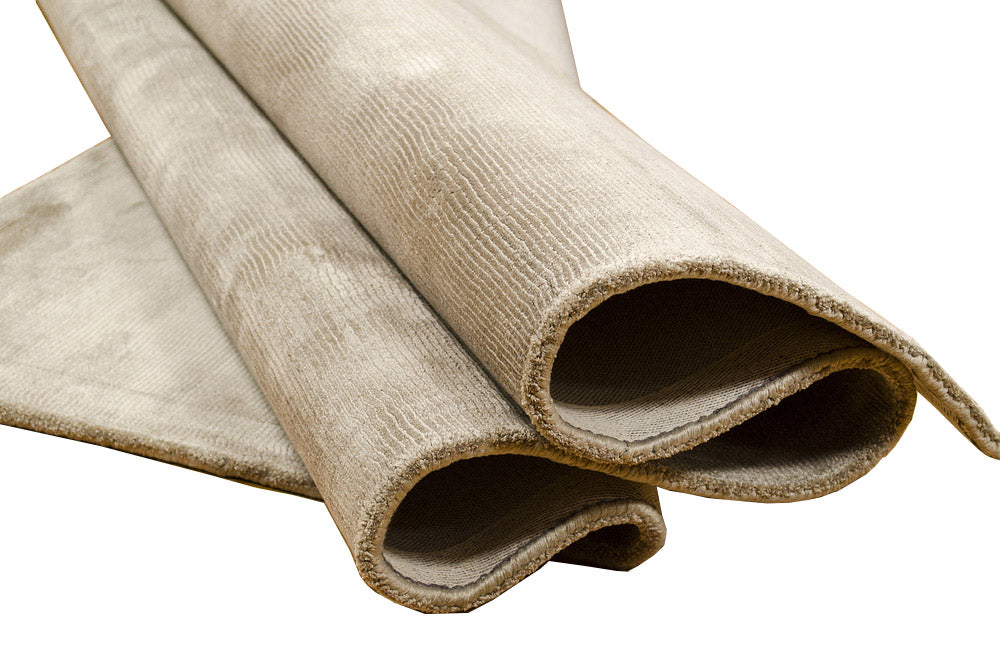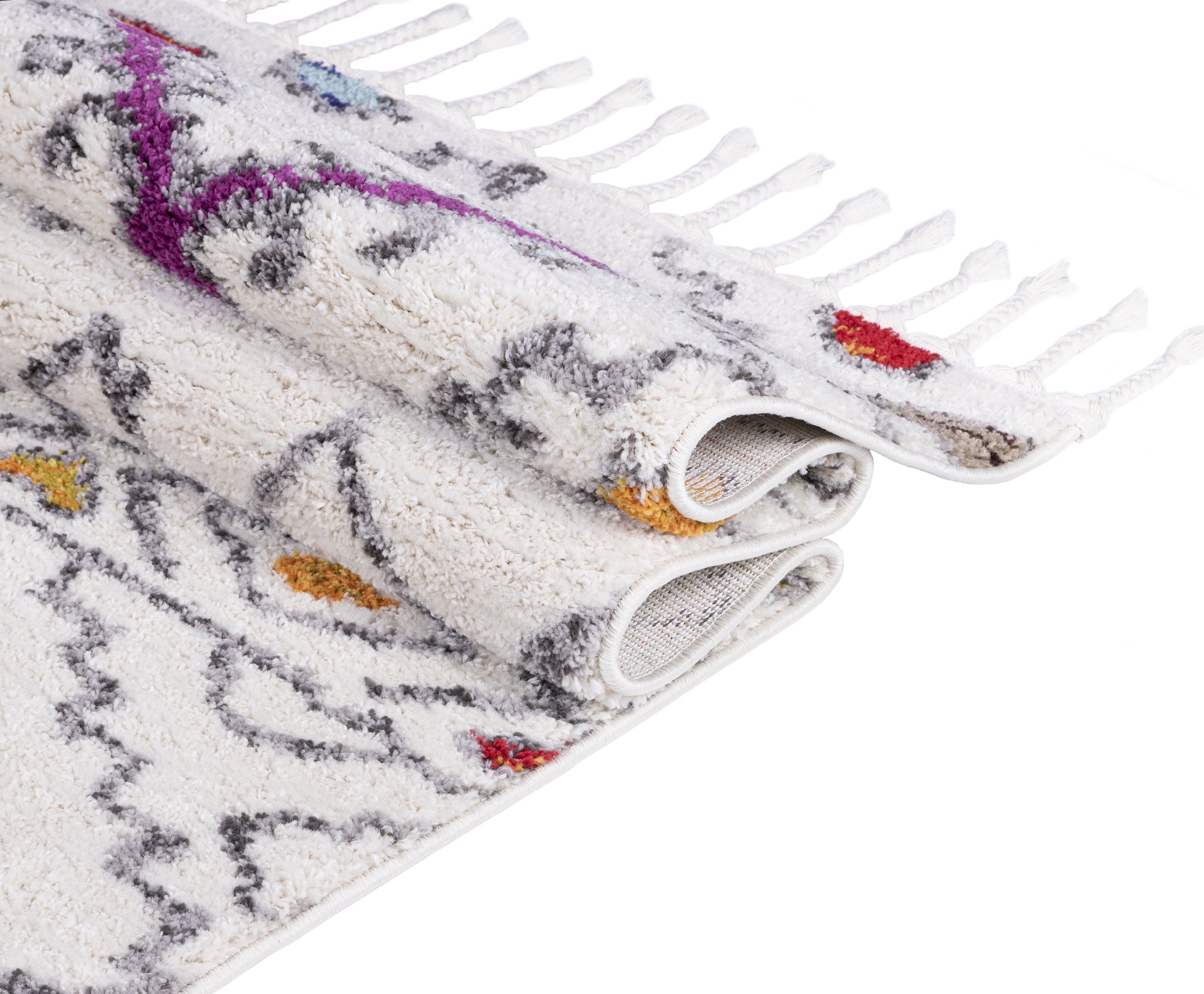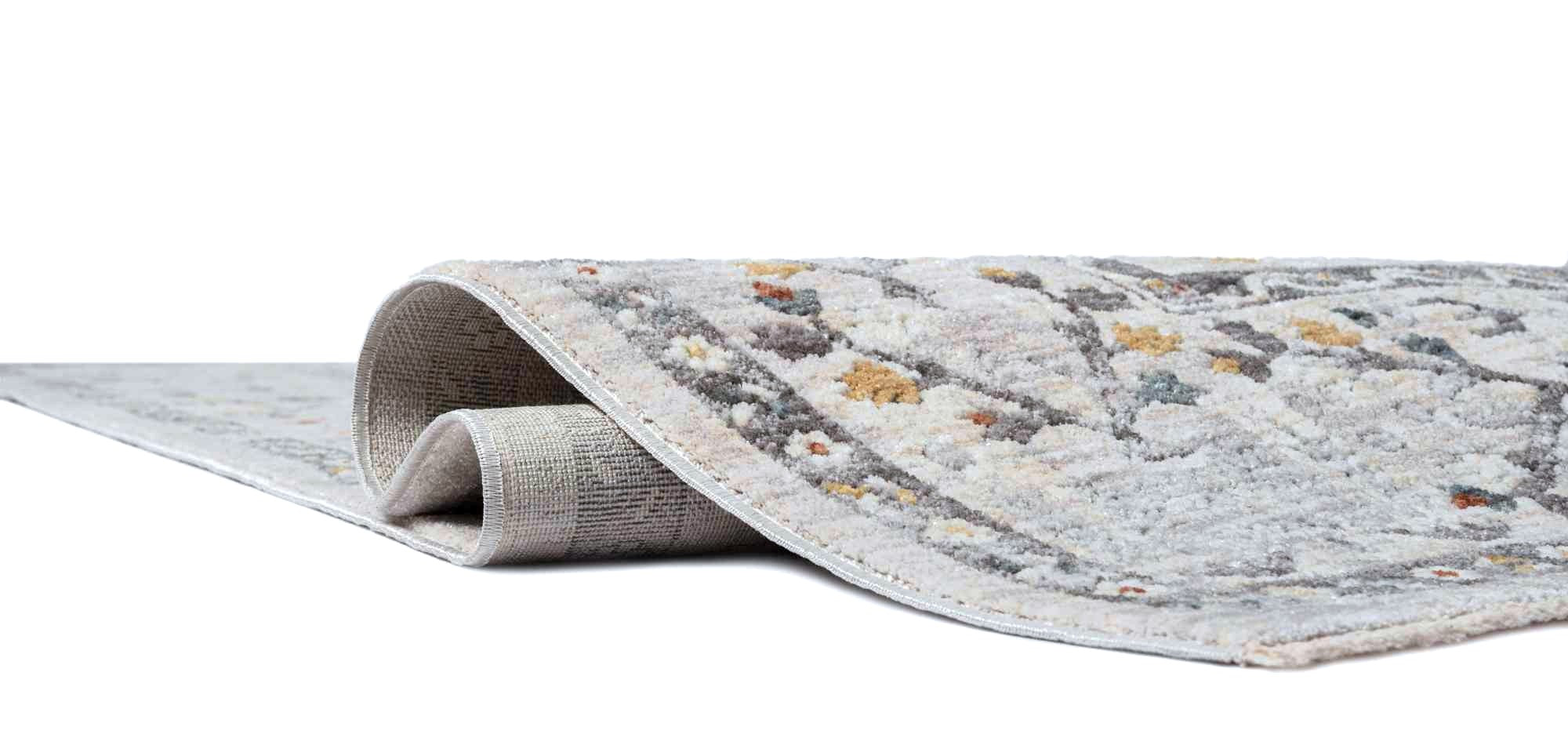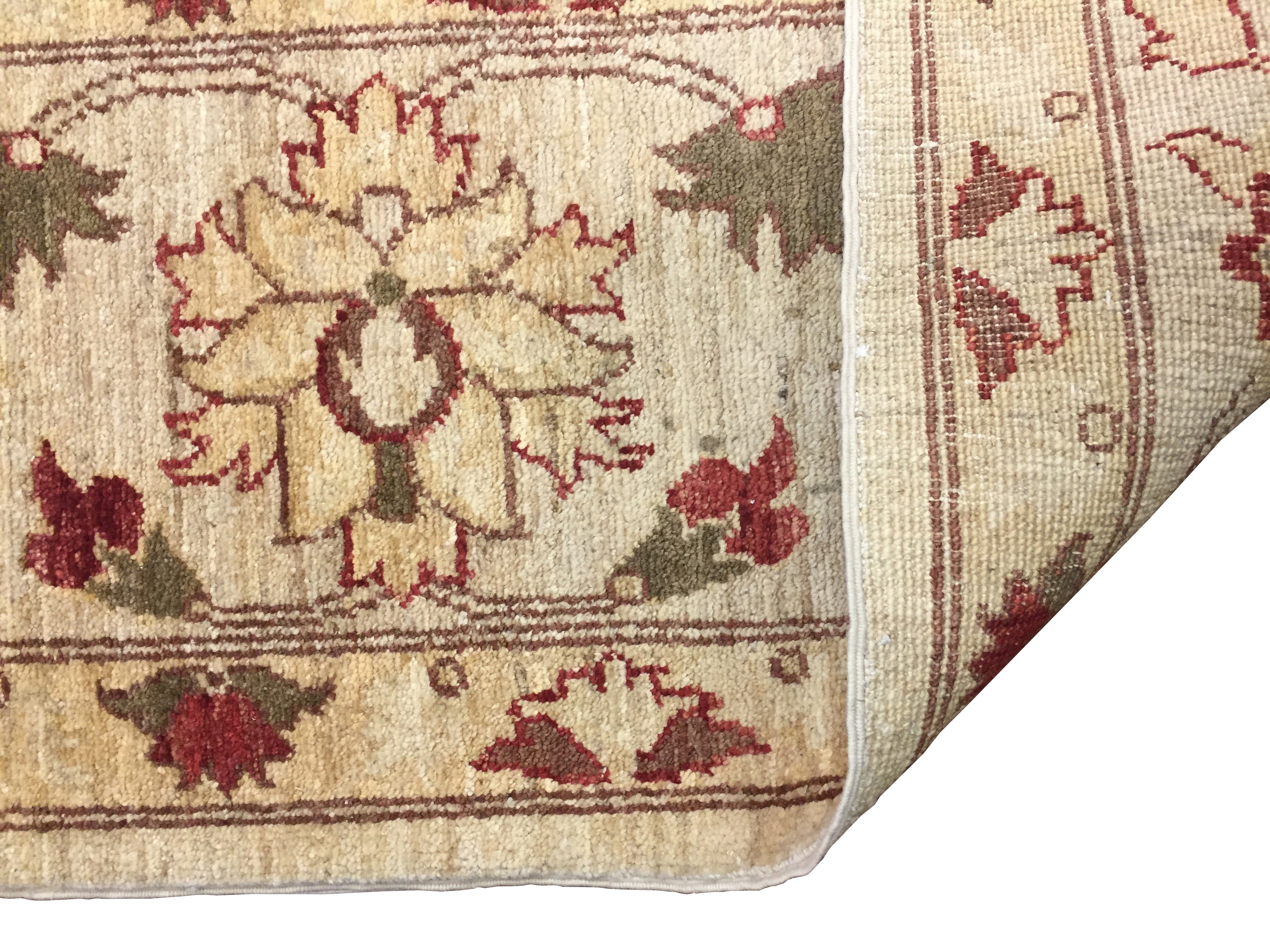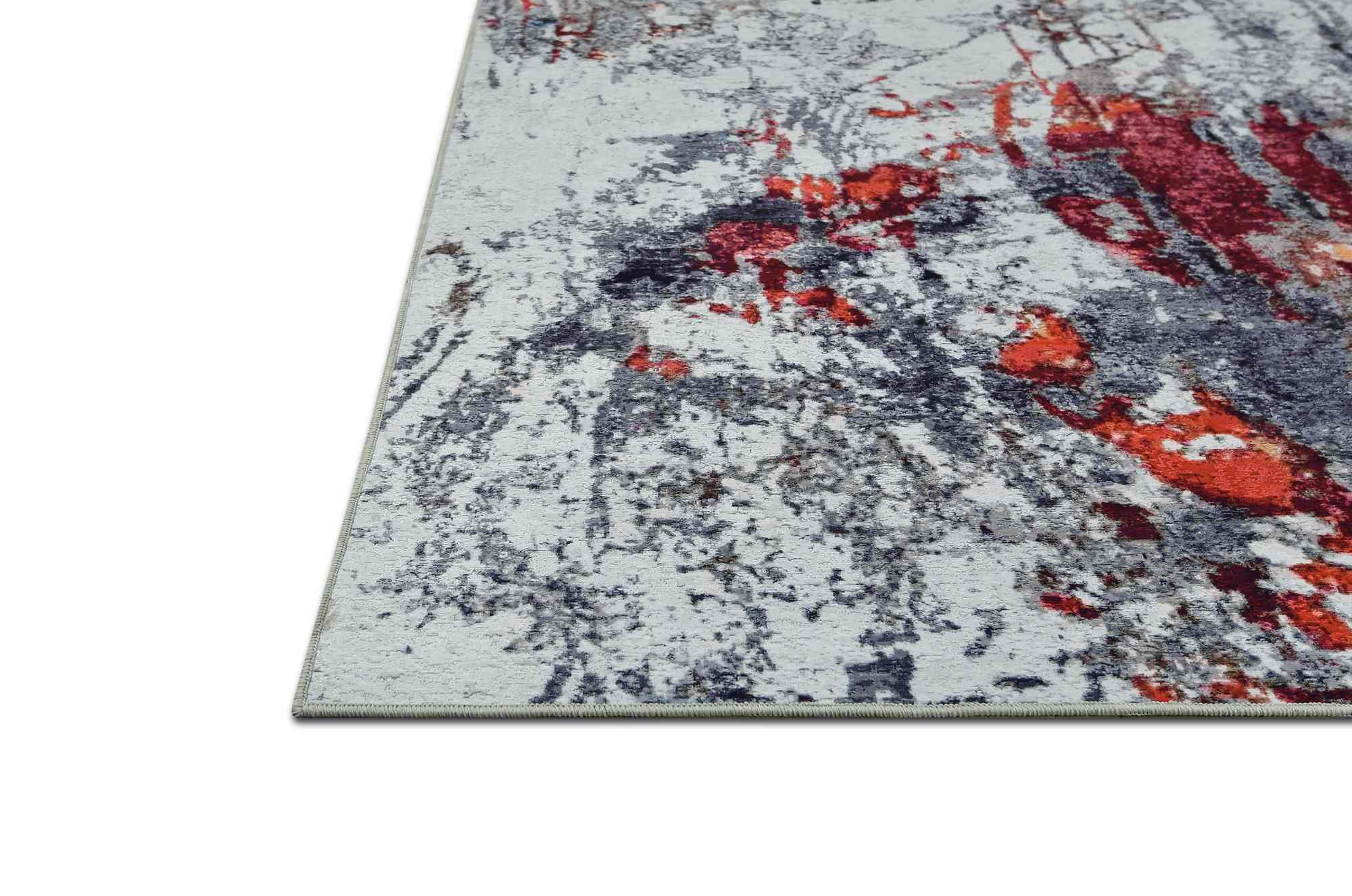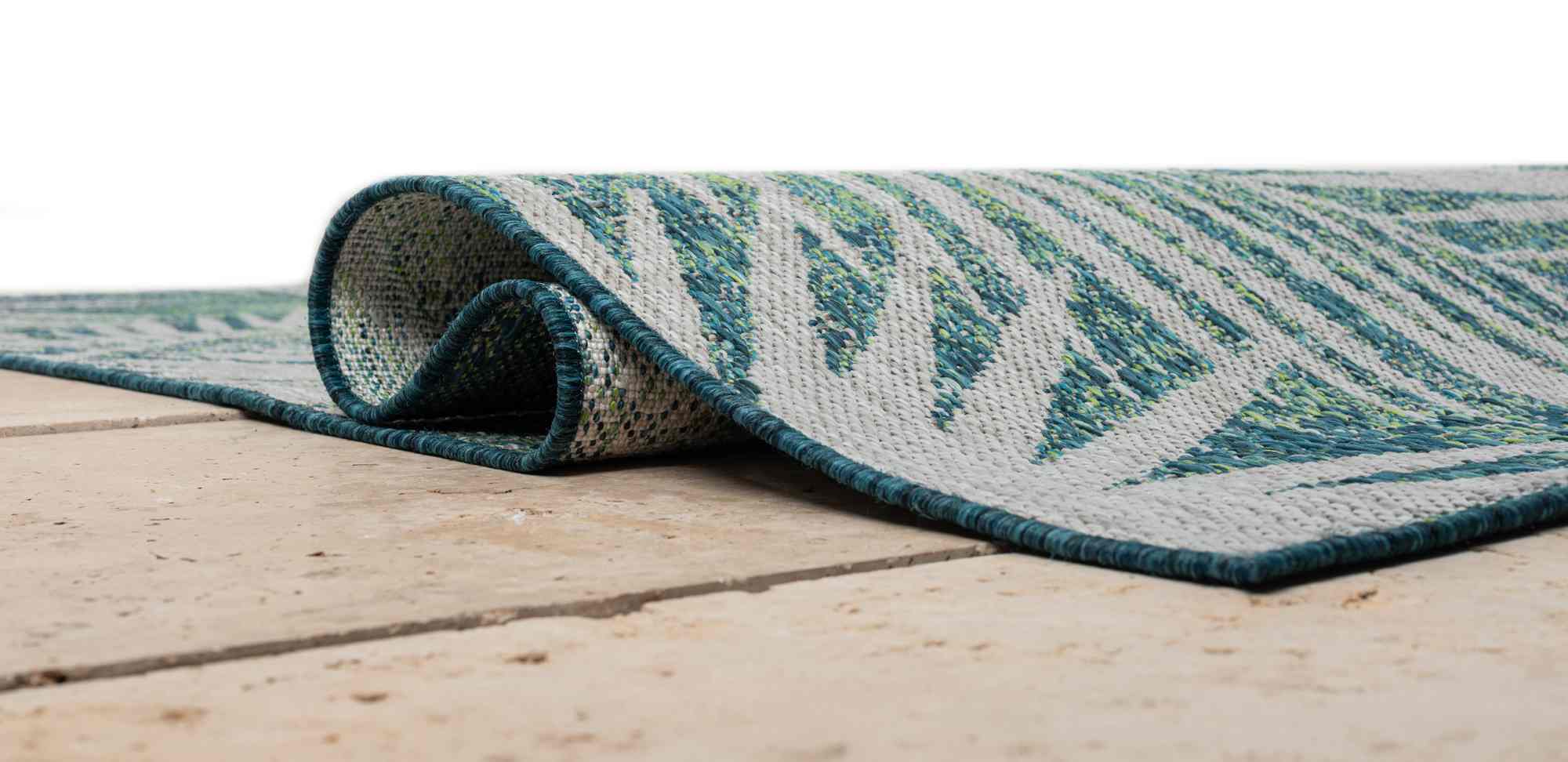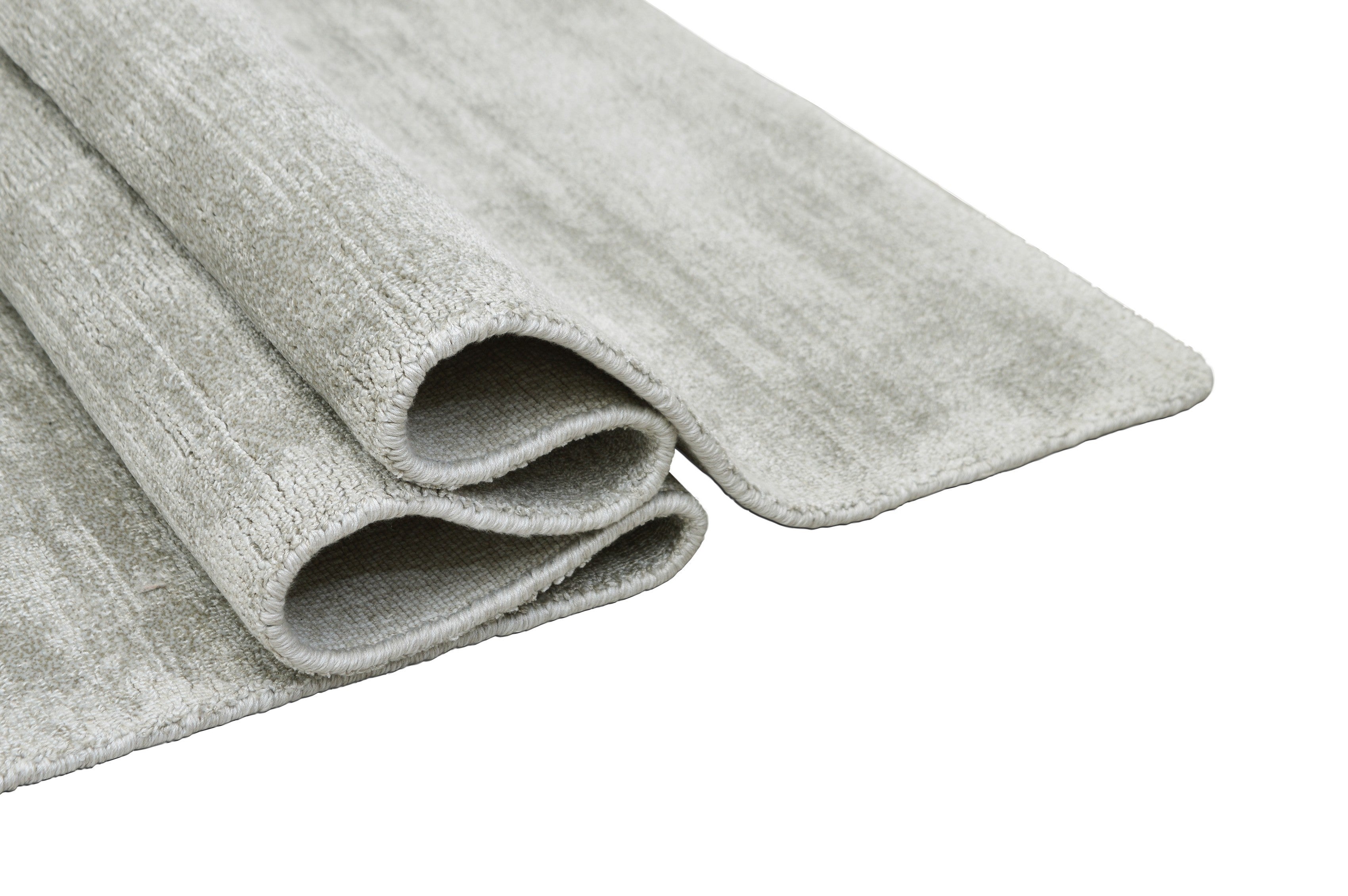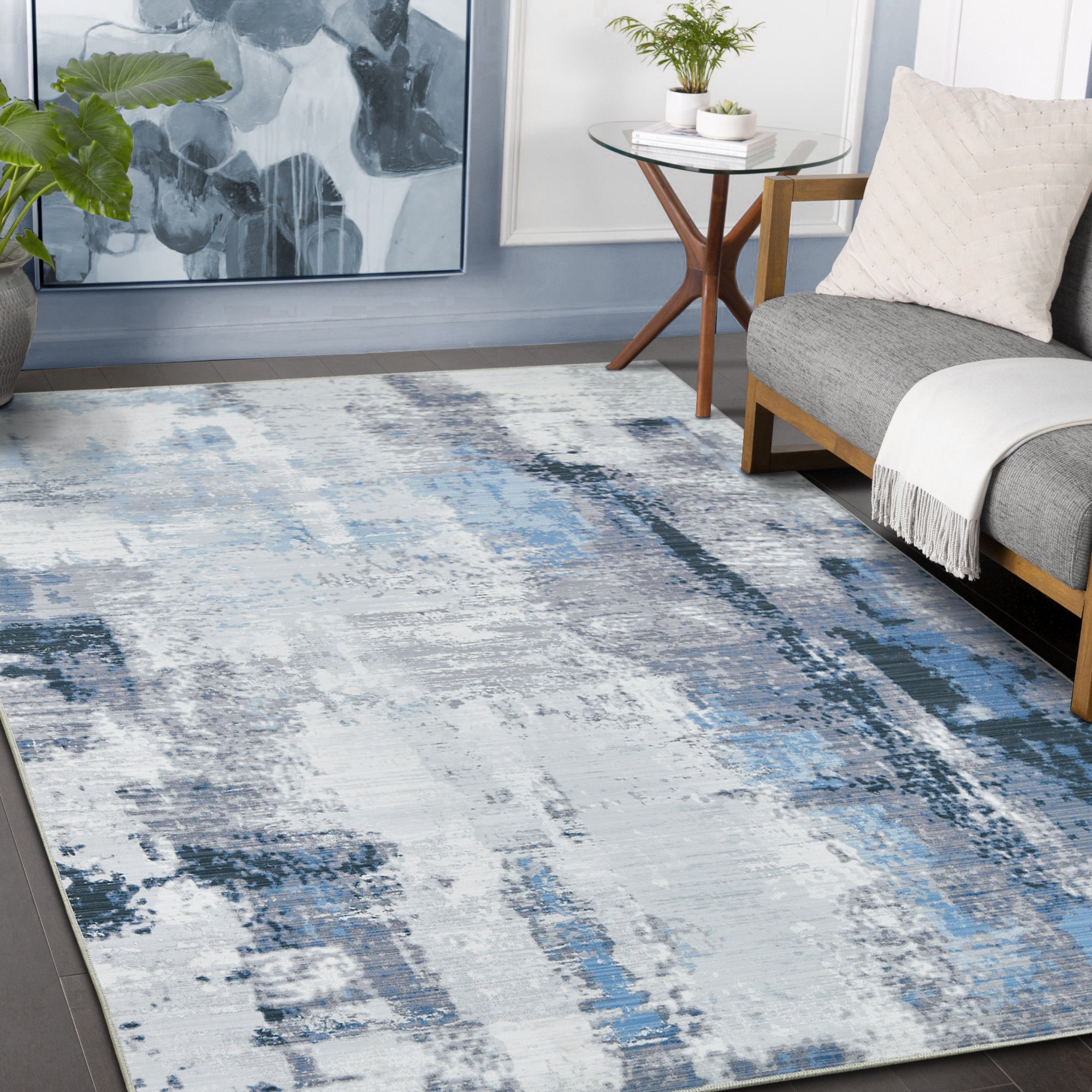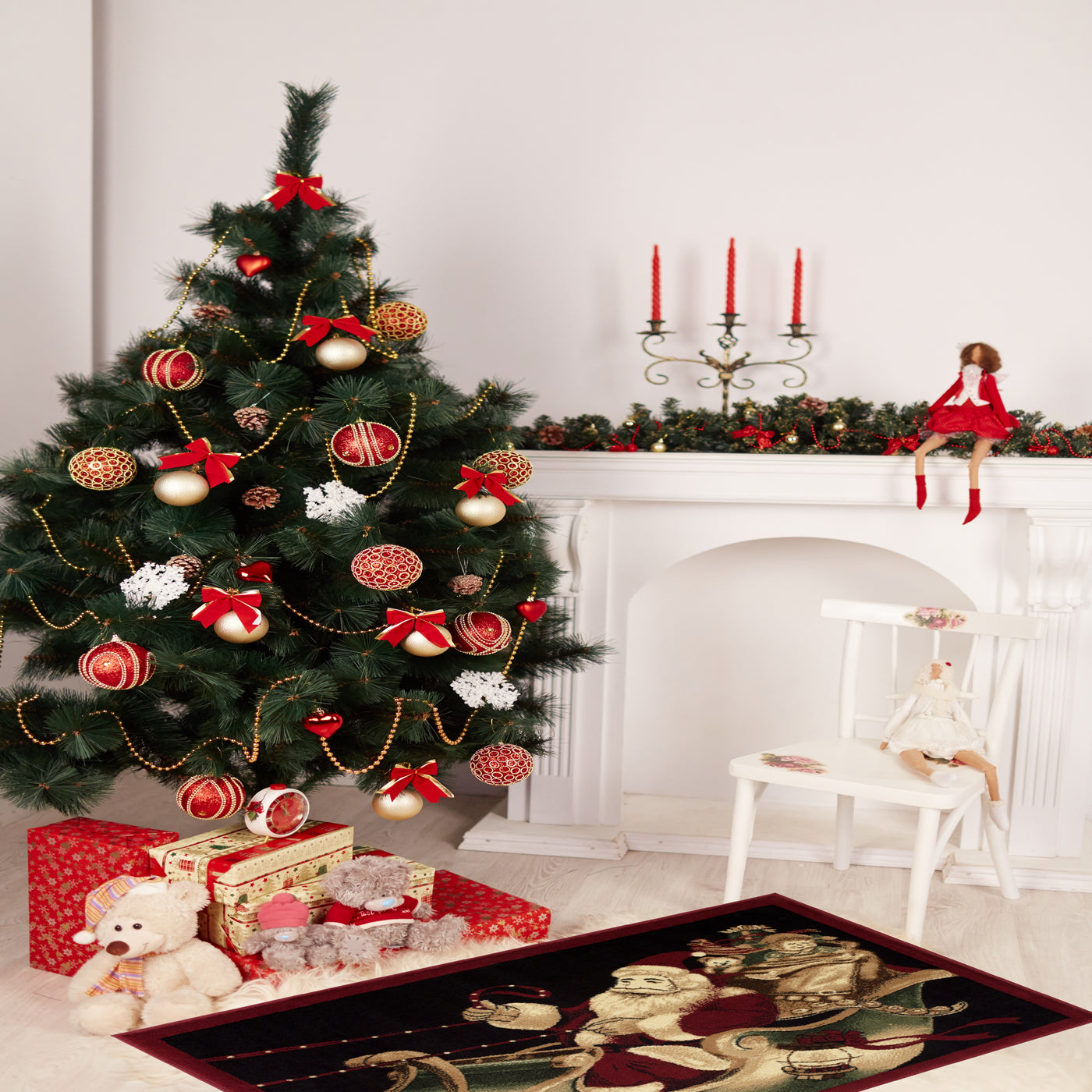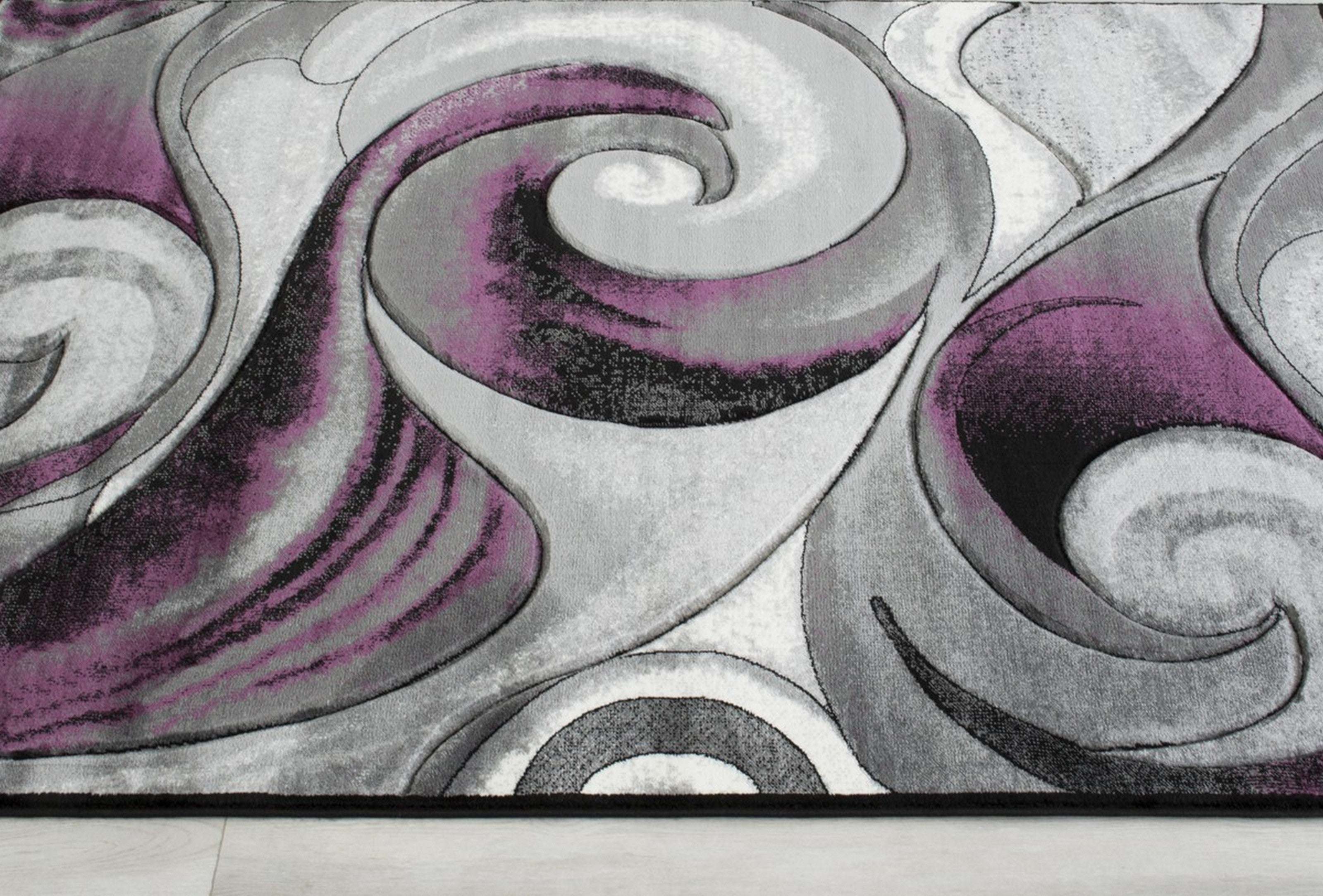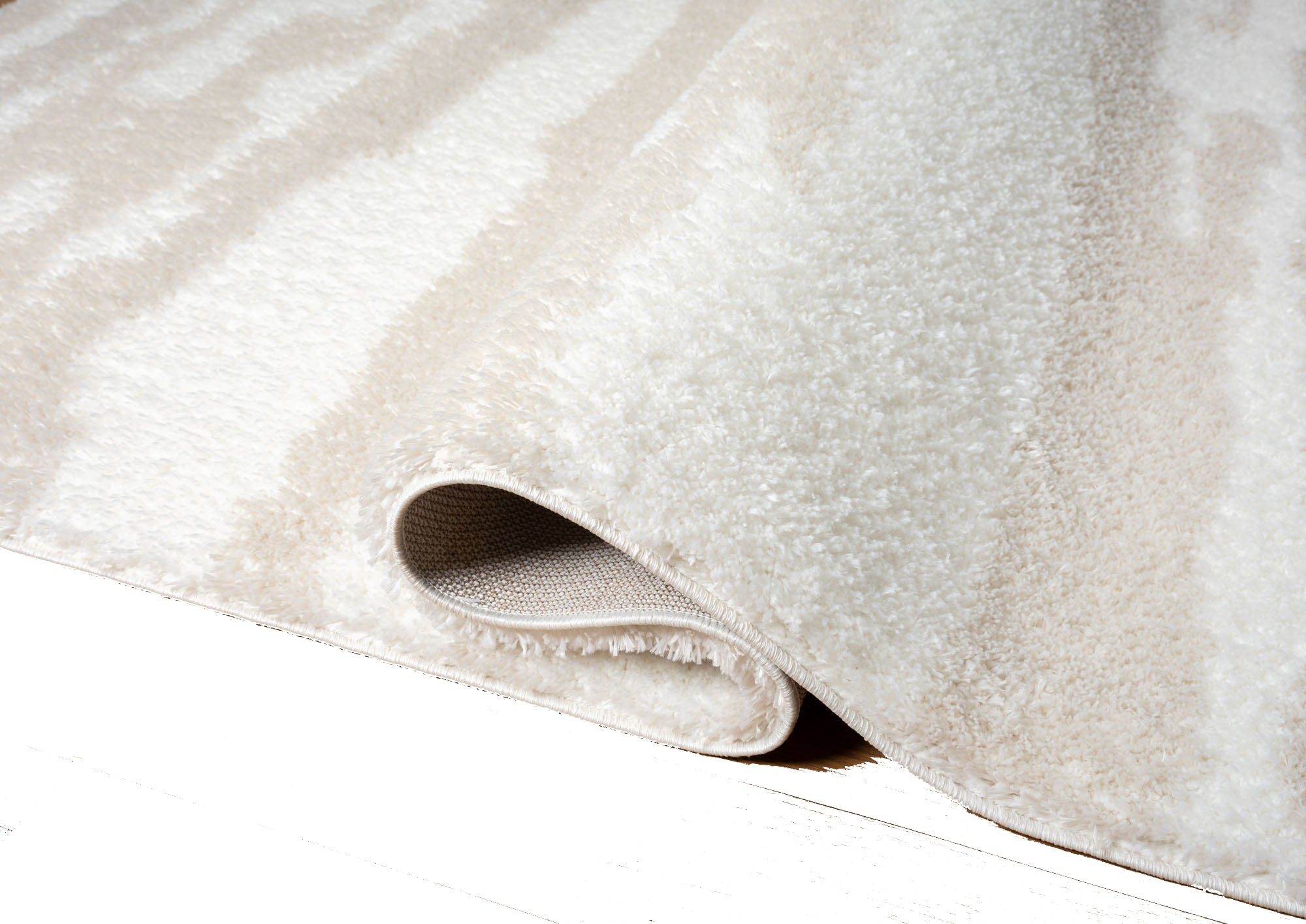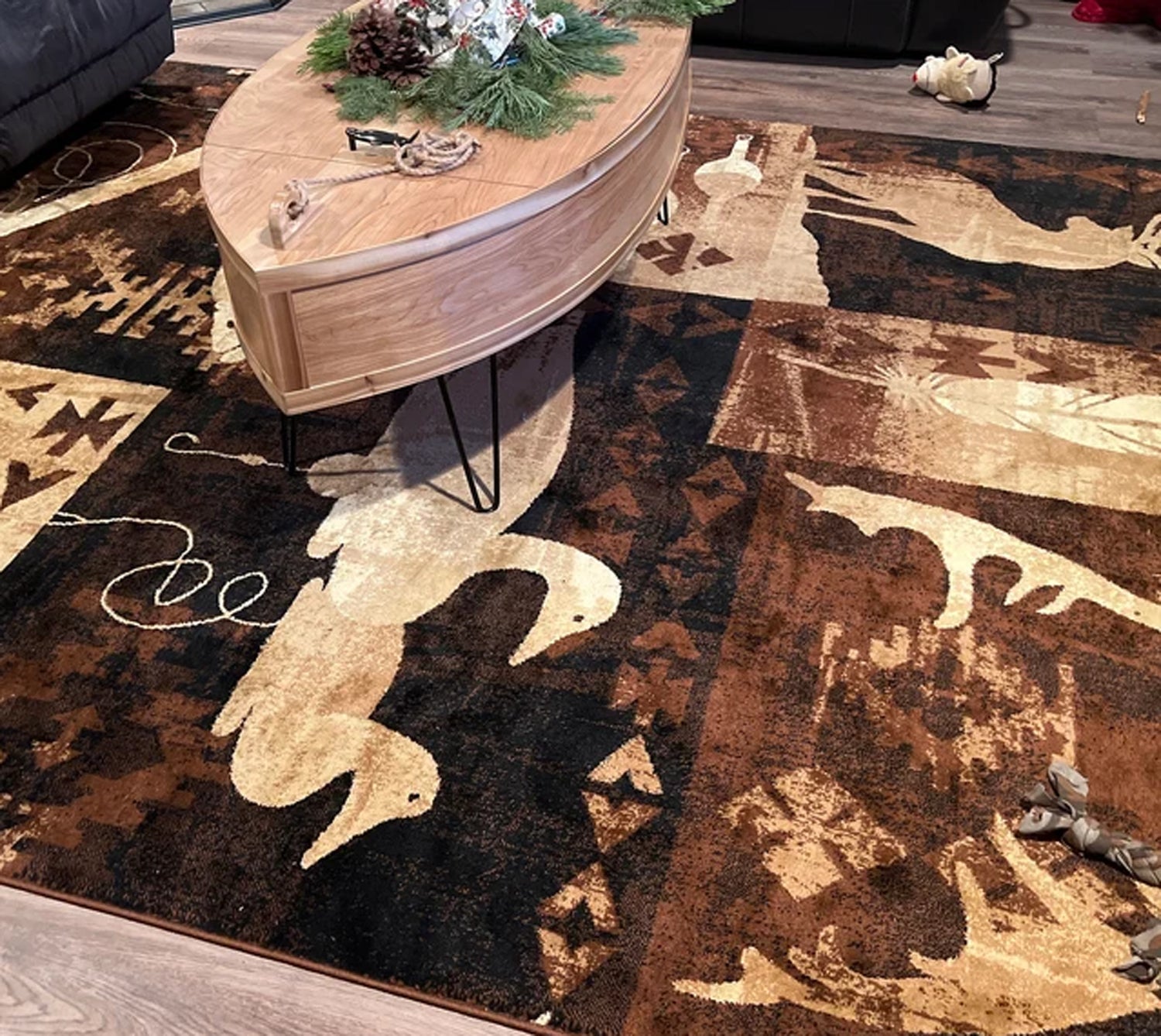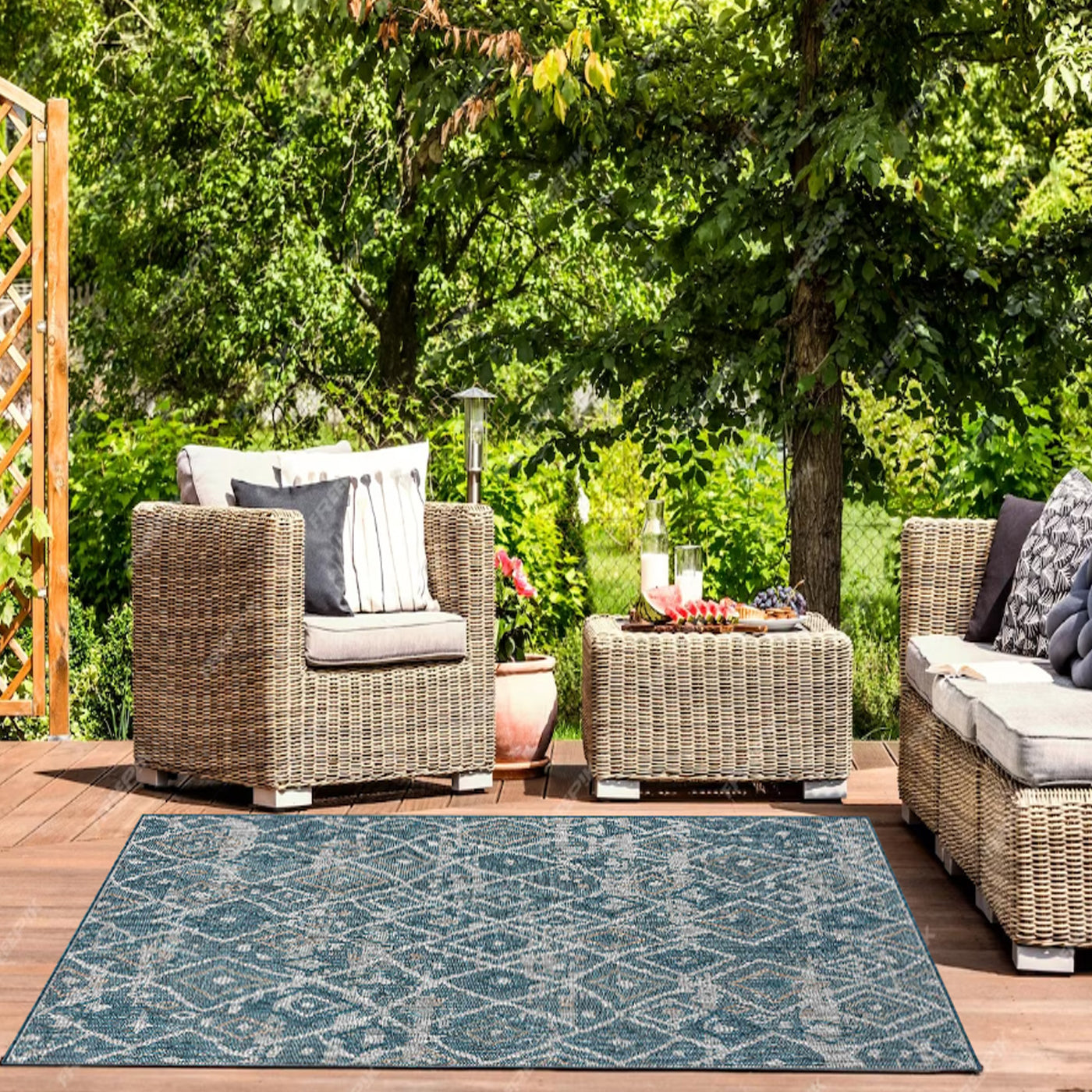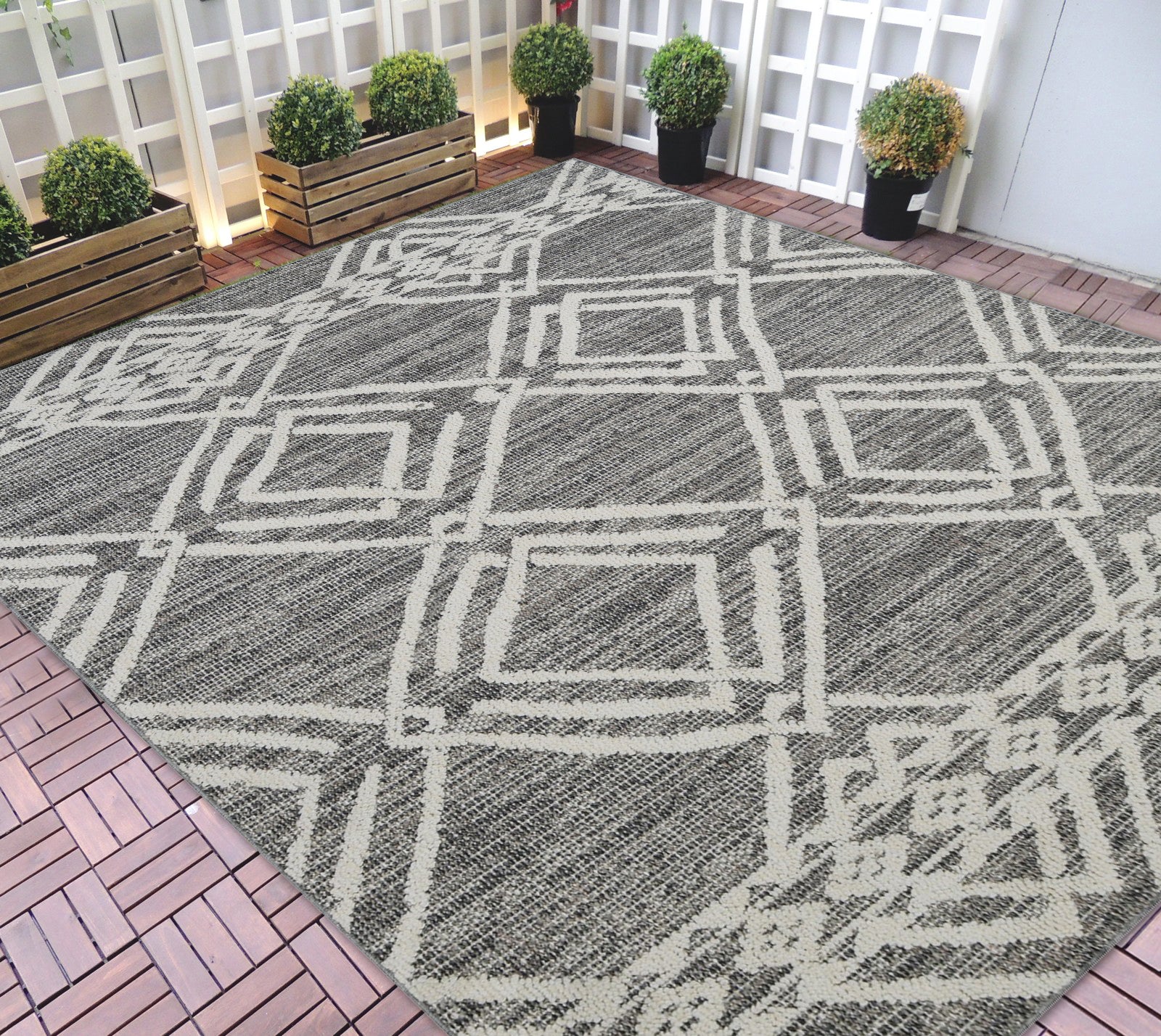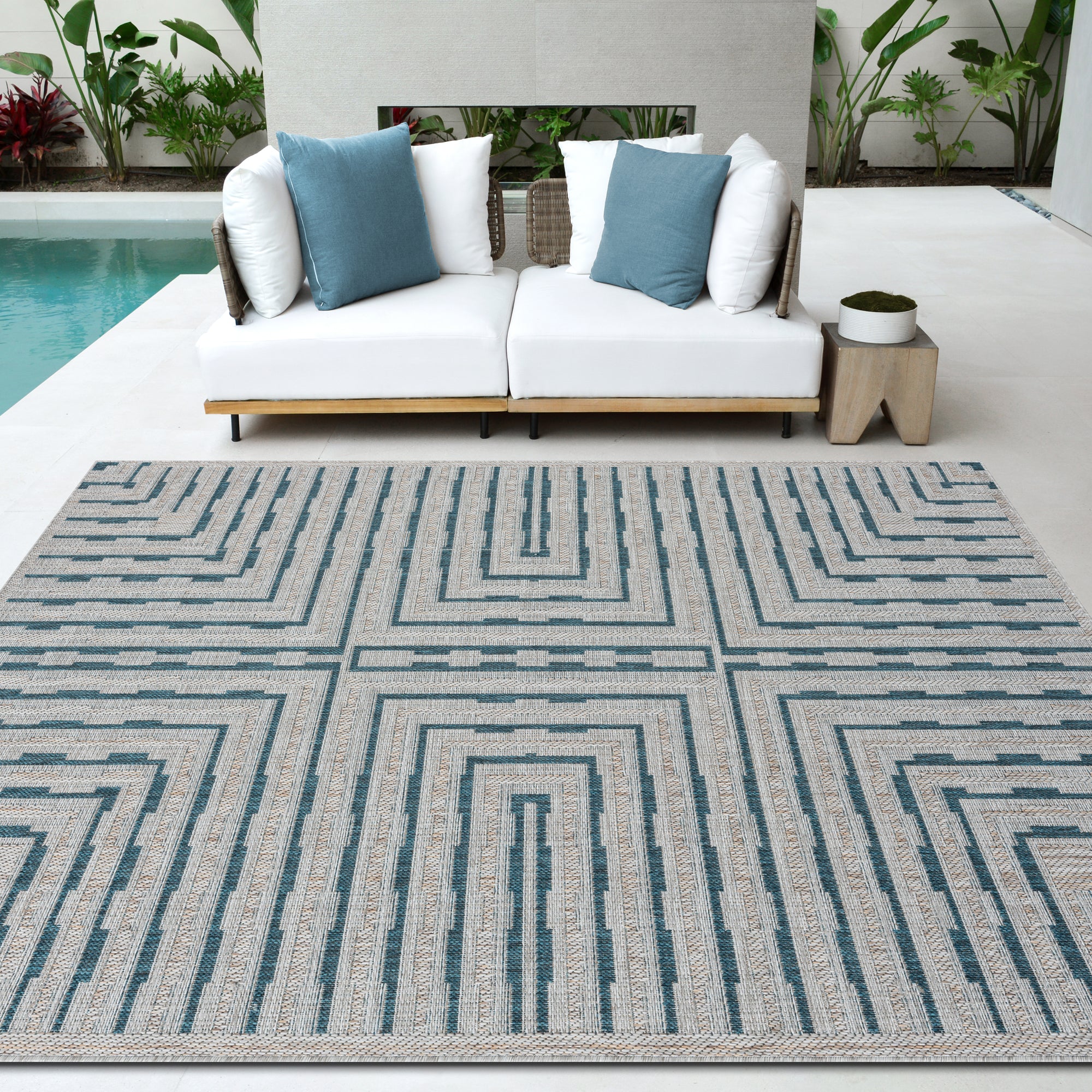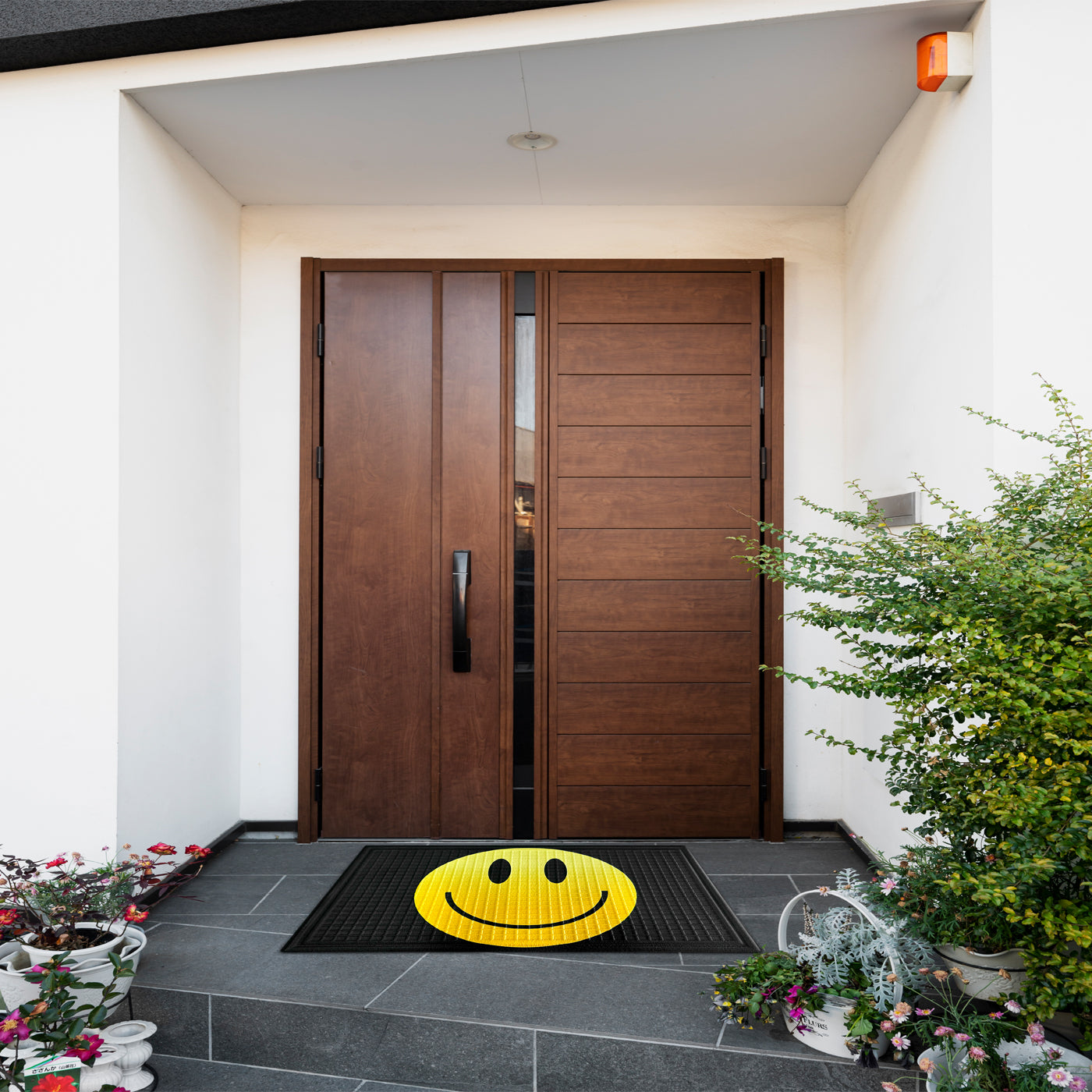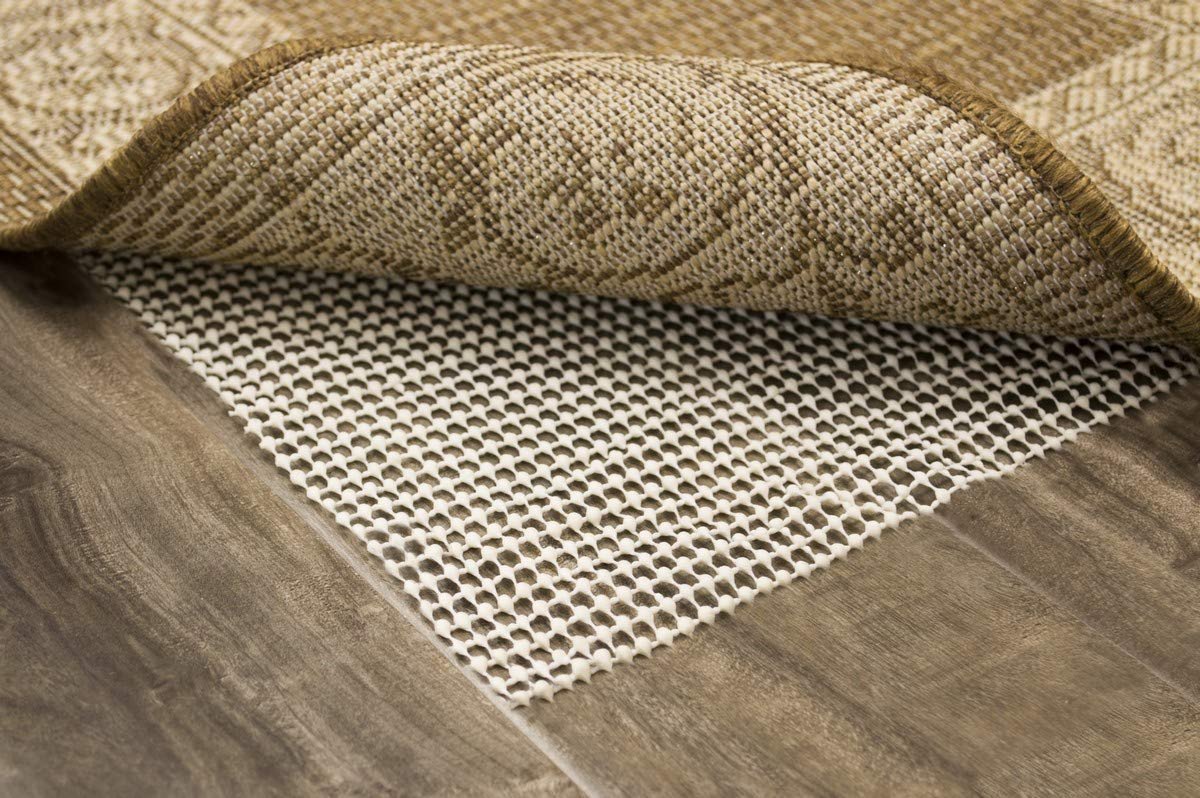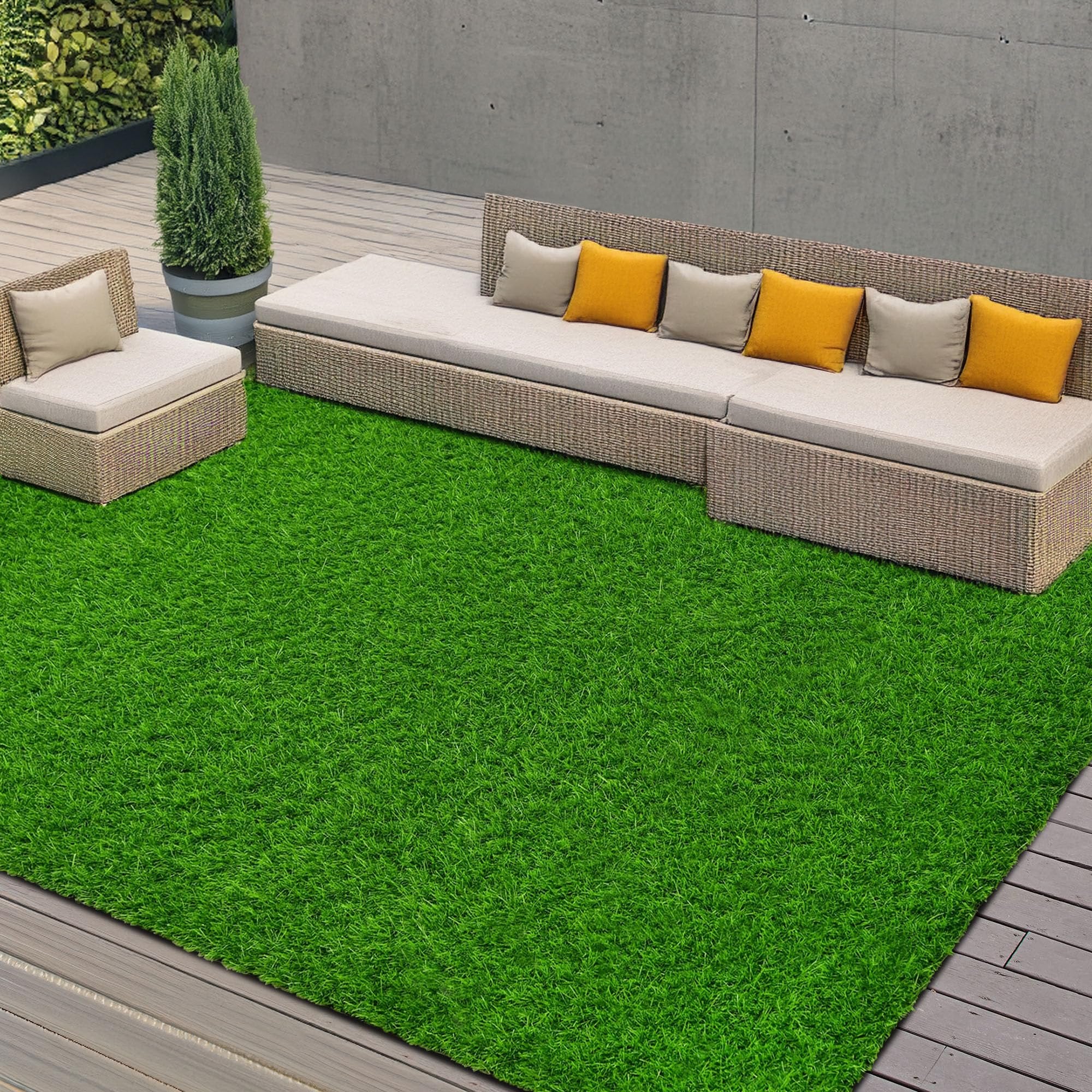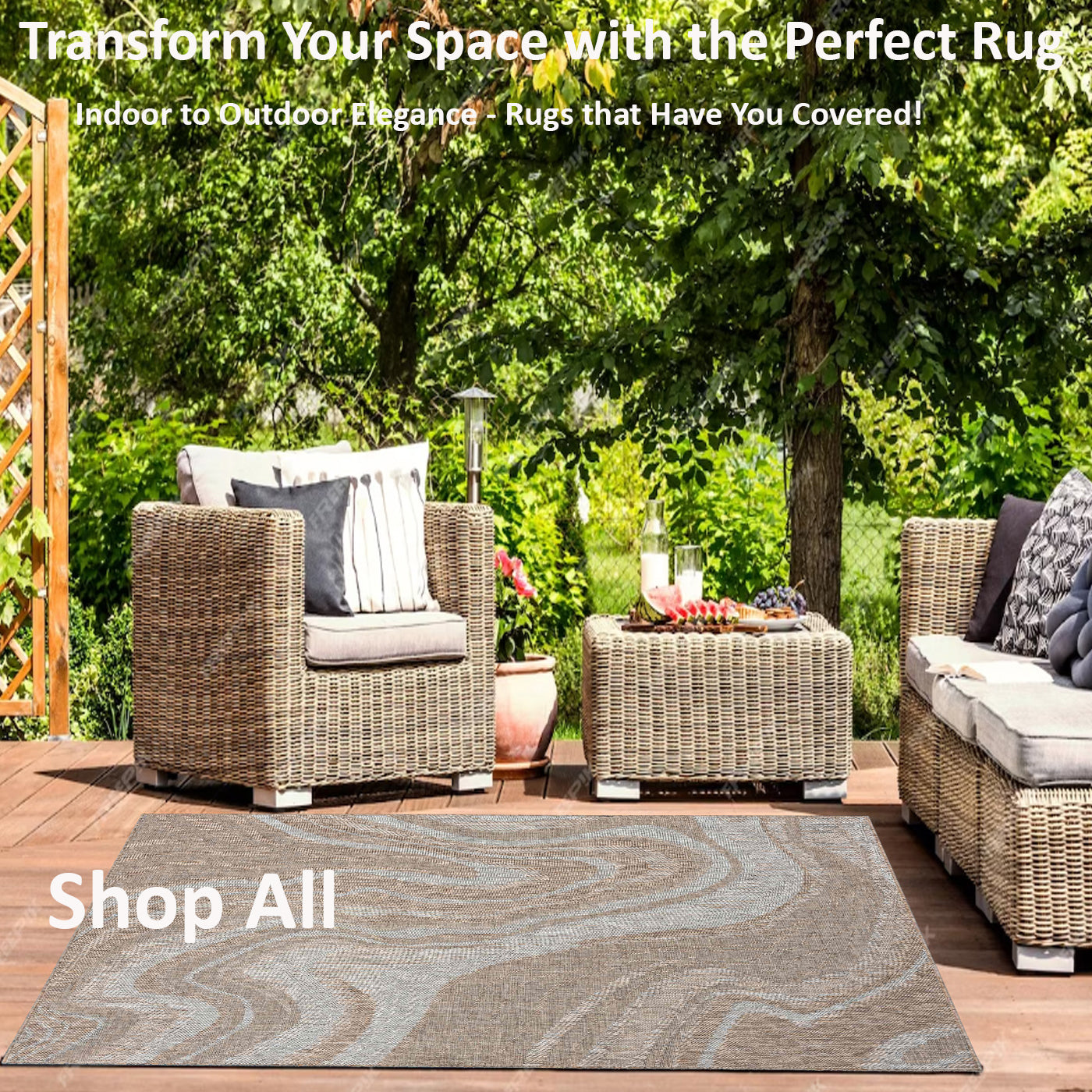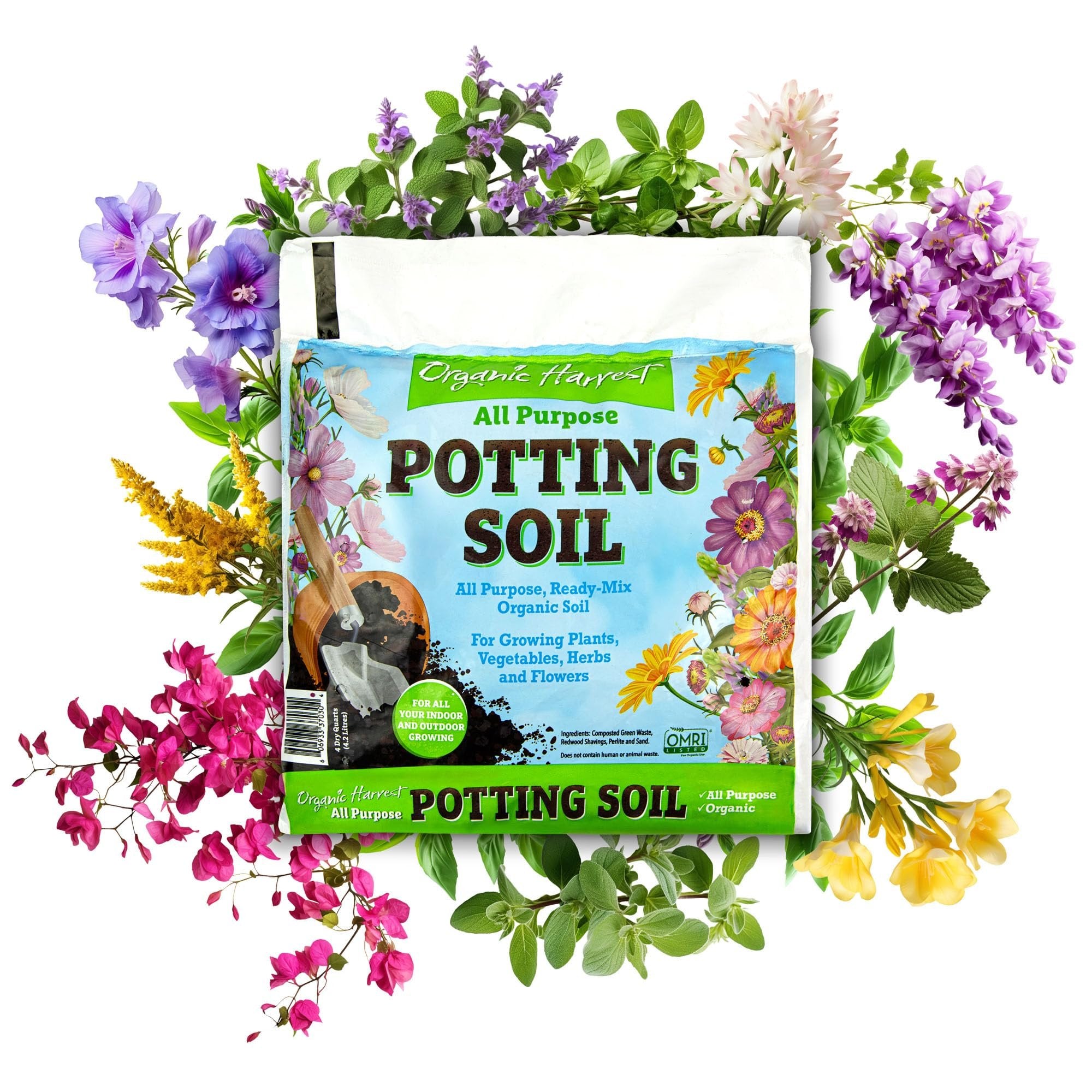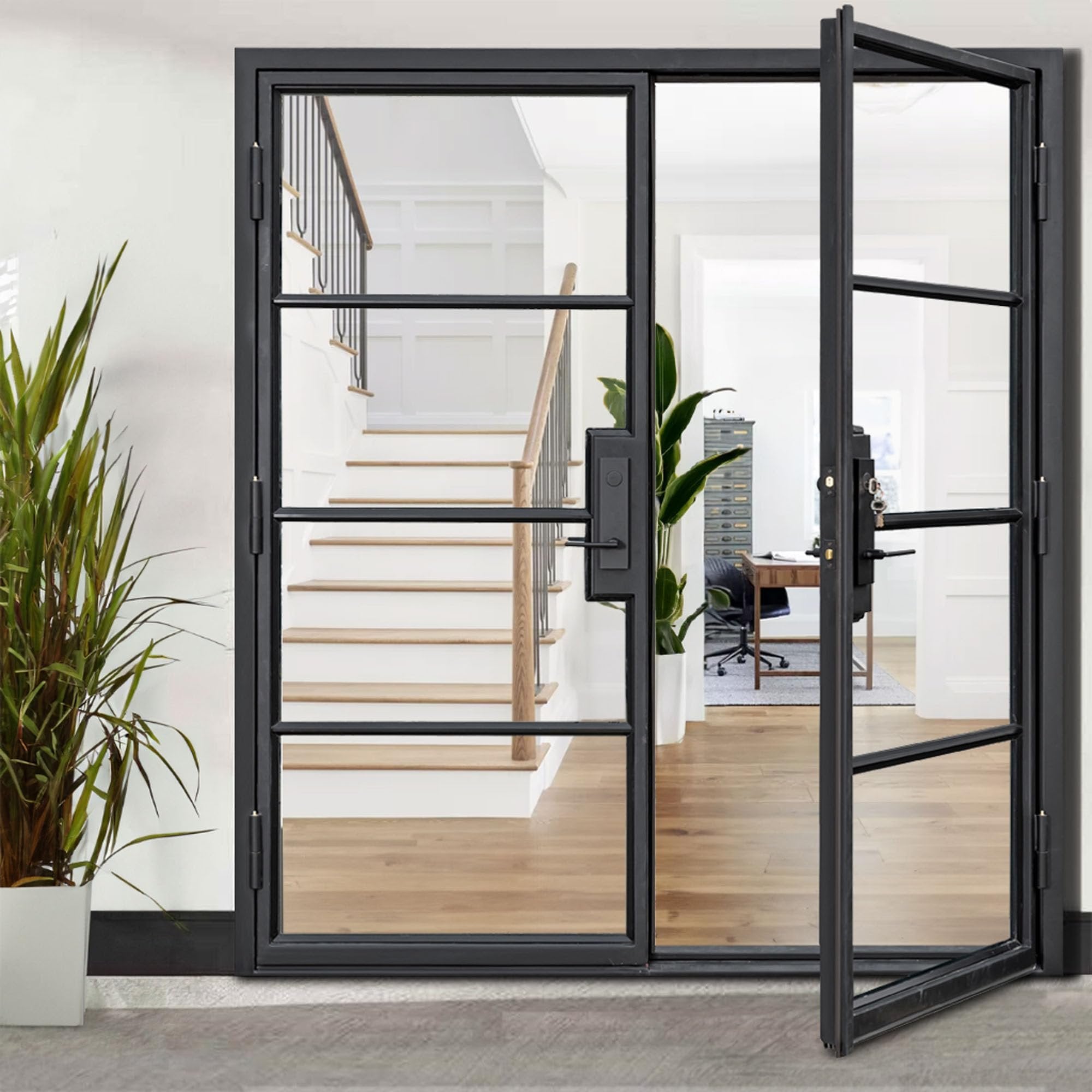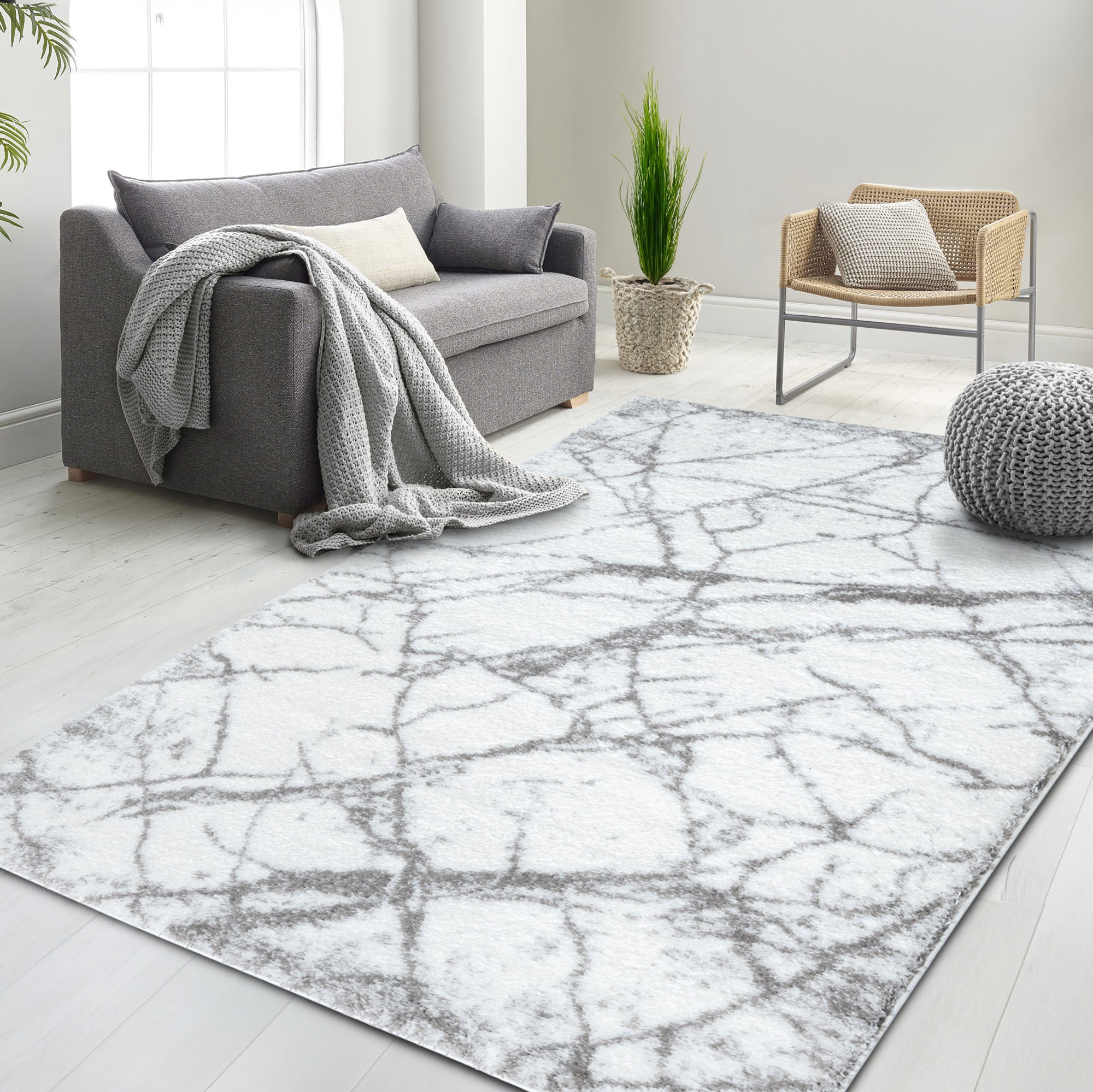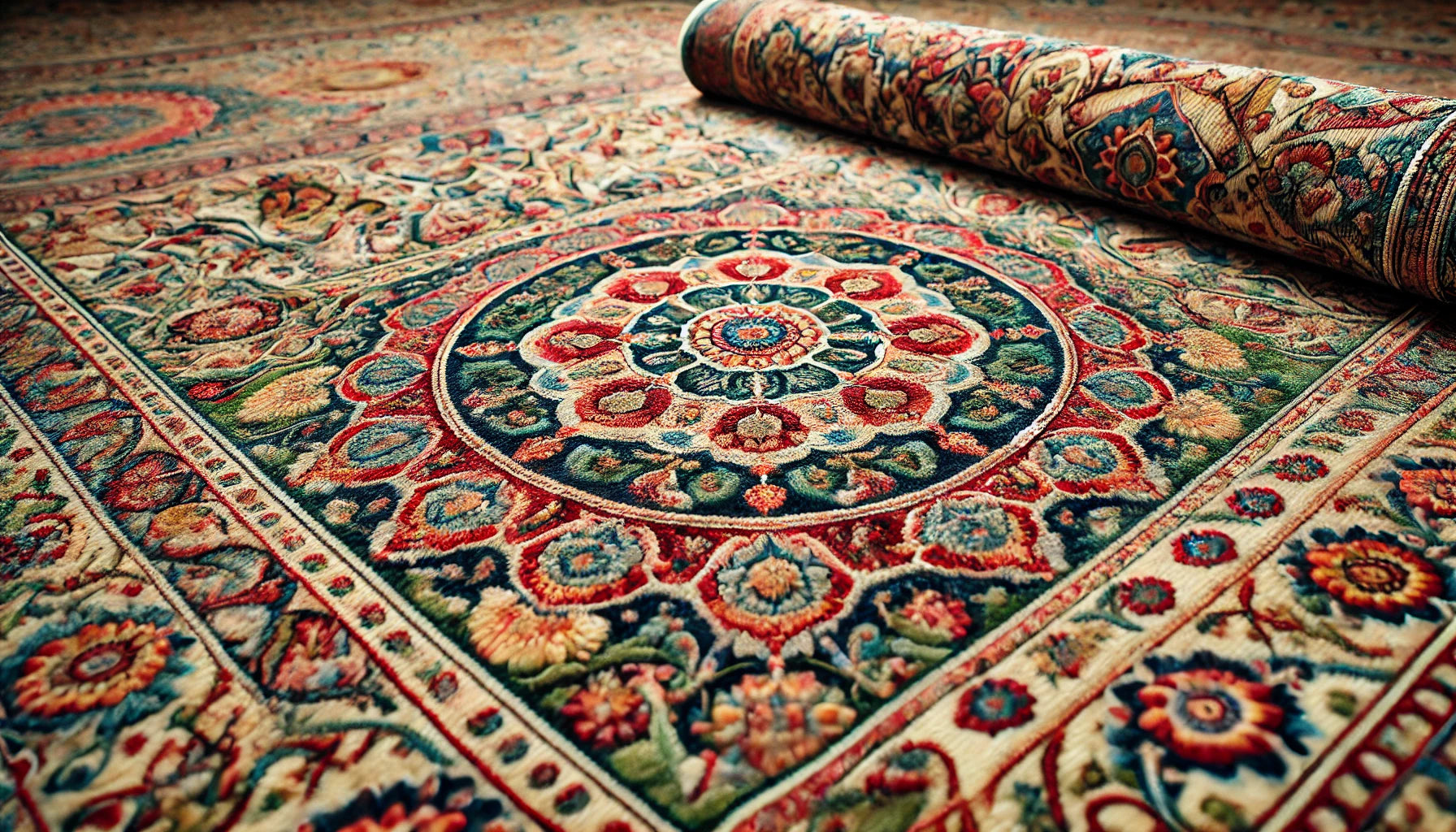
How to Identify Authentic Traditional Persian Rugs
Identifying an authentic traditional Persian rug is essential for ensuring you have a genuine piece of art. Authentic Persian rugs are hand-knotted and often show imperfections due to their handmade nature. Unlike machine-made rugs, which are typically flawless, these imperfections add to their charm and value. High-quality Persian rugs feature exact, symmetrical designs and are often more expensive. Authentic rugs also have labels indicating their origin as Iran. Examining the texture and backing can also help; authentic rugs have a soft backing and show imperfections in the knots. Antique Persian rugs, usually made from wool, are particularly valuable and sought after, especially if well-maintained.
For more detailed information on rug authenticity, read The Ultimate Guide to Identifying Truly Eco-Friendly Rugs: A Comprehensive Buyer’s Checklist.
Understanding Authentic Persian Rugs
What Defines an Authentic Persian Rug?
An authentic Persian rug is characterized by its hand-knotted craftsmanship and the use of premium materials like wool and silk. These rugs are crafted using traditional methods, which result in unique imperfections that signify their authenticity.
Identifying Features of Authentic Persian Rugs
Examining the Design and Patterns
When evaluating a Persian rug, the design and rug patterns are crucial. Rugs like Tabriz rugs, Sarough rugs, and Isfahan rugs are renowned for their intricate designs. Authentic Persian rugs often display imperfections, a hallmark of their hand-woven nature.
For more design insights, check out Southwestern Area Rugs: A Guide to Style, Comfort, and Tradition.
Evaluating Materials and Quality
The materials used in Persian rugs significantly impact their authenticity. Genuine wool rugs and silk rugs are soft and durable. Authentic rugs always have a soft backing and imperfections in the knots, which help differentiate them from machine-made rugs.
For more on material quality, visit our Wool Rugs Collection.
Checking for Labels and Origins
Authentic Persian rugs typically have labels indicating their origin. Look for labels that specify the rug was made in Iran, as this is a key indicator of authenticity. Additionally, recognizing specific types like Kashan and Red Persian rugs can help verify a rug's authenticity.
Determining the Value of Persian Rugs
Factors That Influence Value
Several factors influence the value of Persian rugs, including the perfection and symmetry of the design, the use of luxurious materials, and the age of the rug. Antique rugs, in particular, are highly valued and make a valuable addition to any collection.
For tips on value and selection, read The Ultimate Rug Buying Guide: Expert Tips and Tricks.
Recognizing Valuable Antique Persian Rugs
Antique rugs often show signs of wear, such as a worn-down or exposed pile and a smooth underside due to age. The presence of patina and other unique features are also indicators of a valuable antique rug.
Common Questions About Persian Rugs
How to Tell if a Persian Rug is Authentic?
Check for imperfections and examine the backing. Genuine Persian rugs have imperfections due to hand-weaving and a soft backing.
What Makes a Persian Rug Expensive?
Symmetry and the use of high-quality materials make a Persian rug expensive. Exact, mirrored designs increase the rug's value.
Do Persian Rugs Have Labels?
Look for labels indicating origin in Iran. Authentic Persian rugs should have labels that specify they were made in Iran.
How to Tell if a Rug is Handmade or Machine-made?
Handmade rugs have a distinct texture and imperfections in the knots, whereas machine-made rugs are typically perfect and lack these characteristics.
In conclusion, identifying an authentic traditional Persian rug involves examining its craftsmanship, materials, design, and origins. Recognizing these key features can help you distinguish genuine Persian rugs from imitations, ensuring you have a valuable and culturally significant piece.
For more tips and insights, visit our Persian Rugs Collection.
